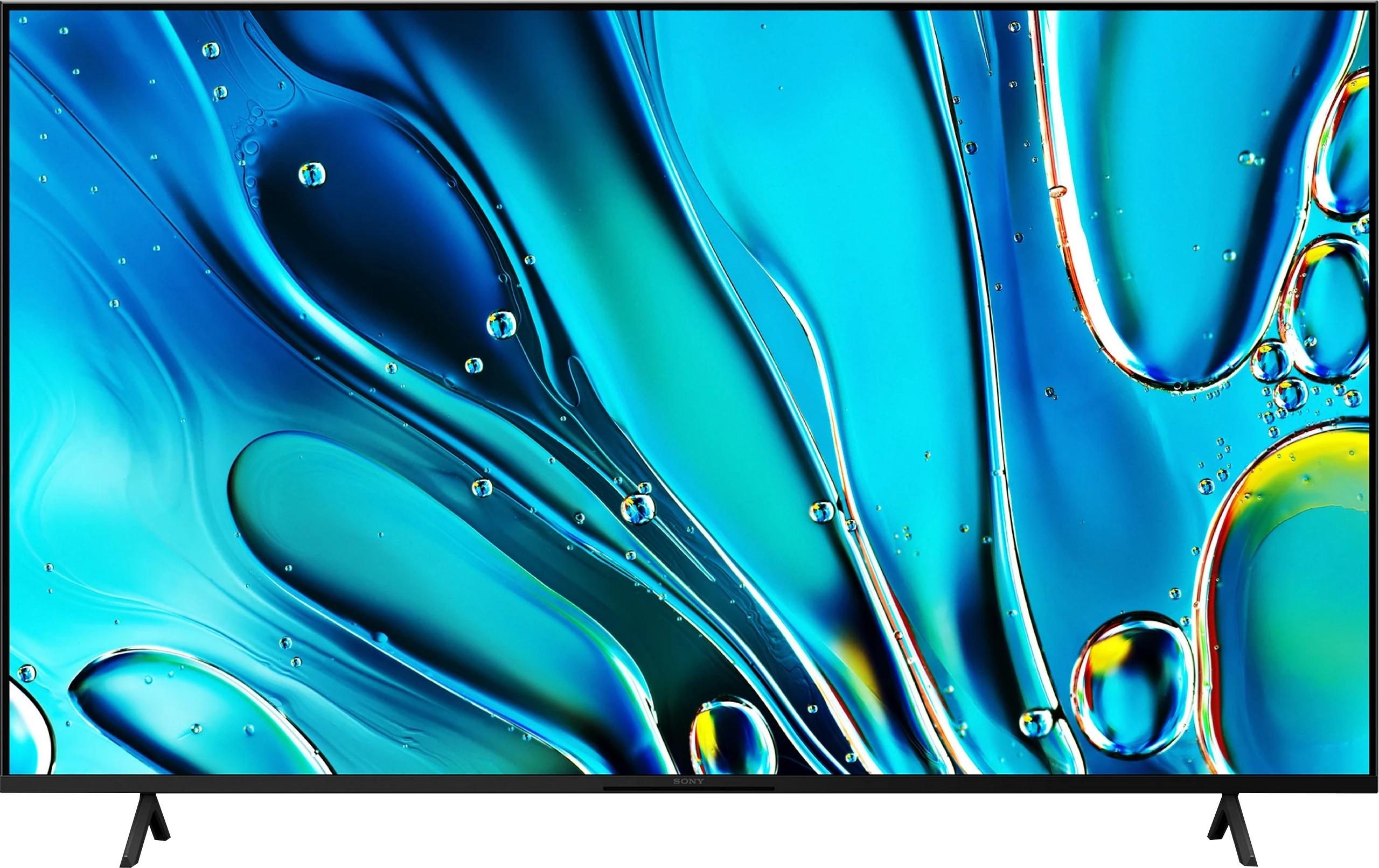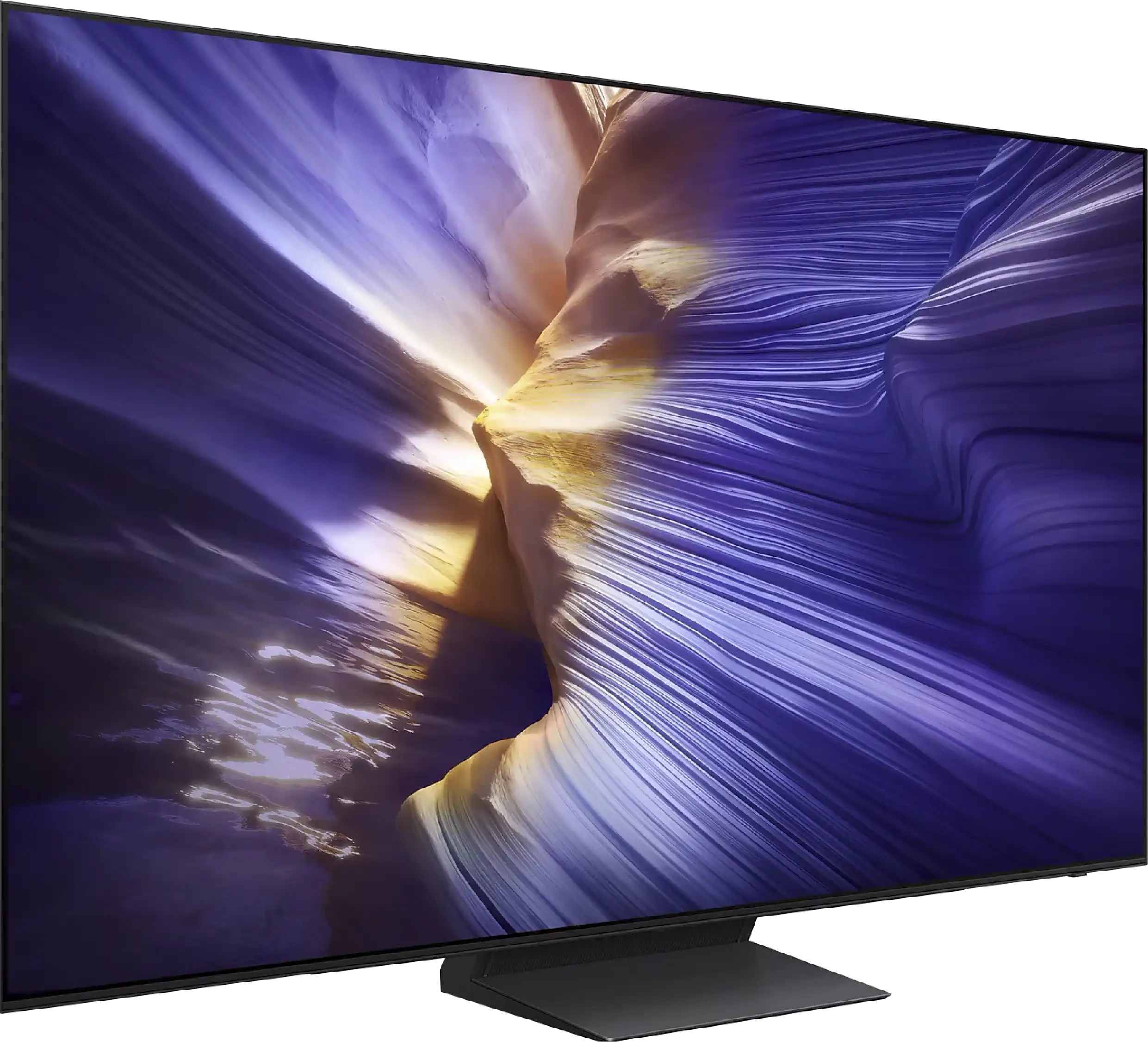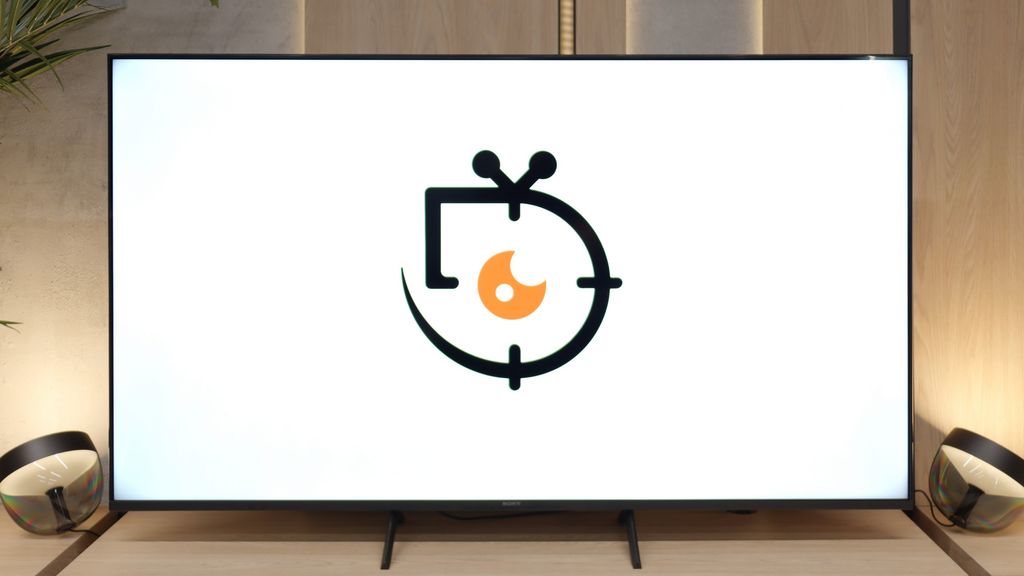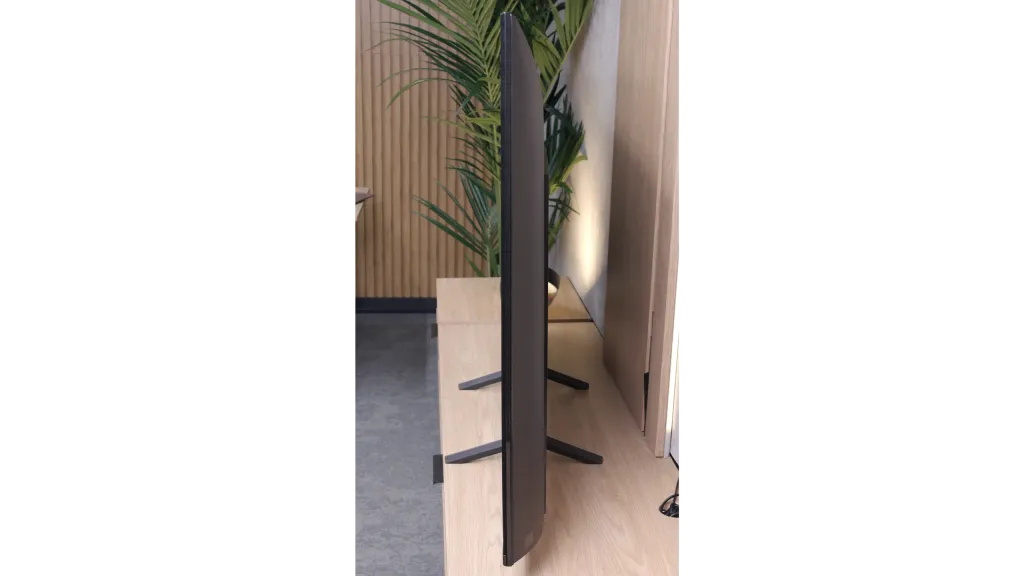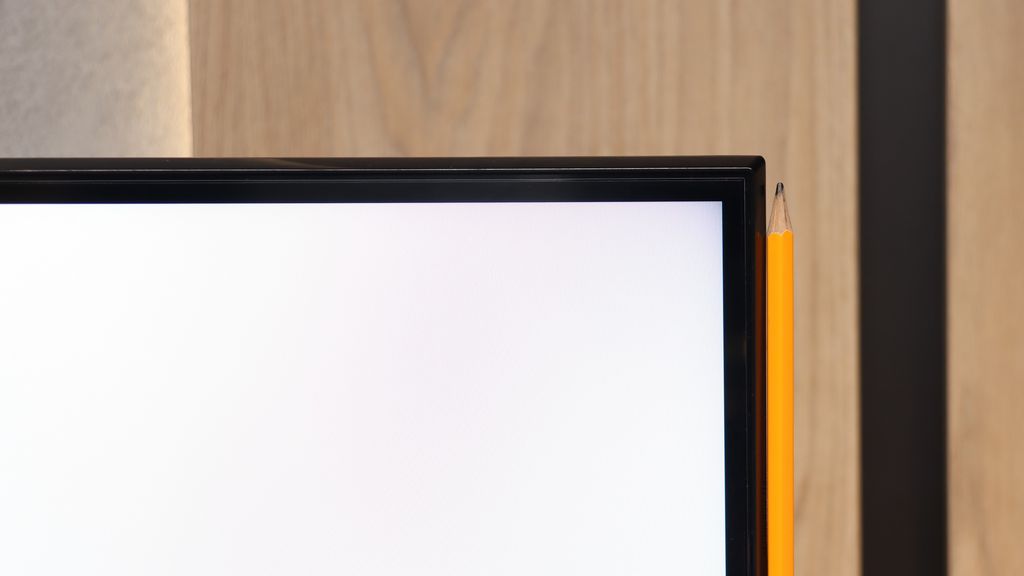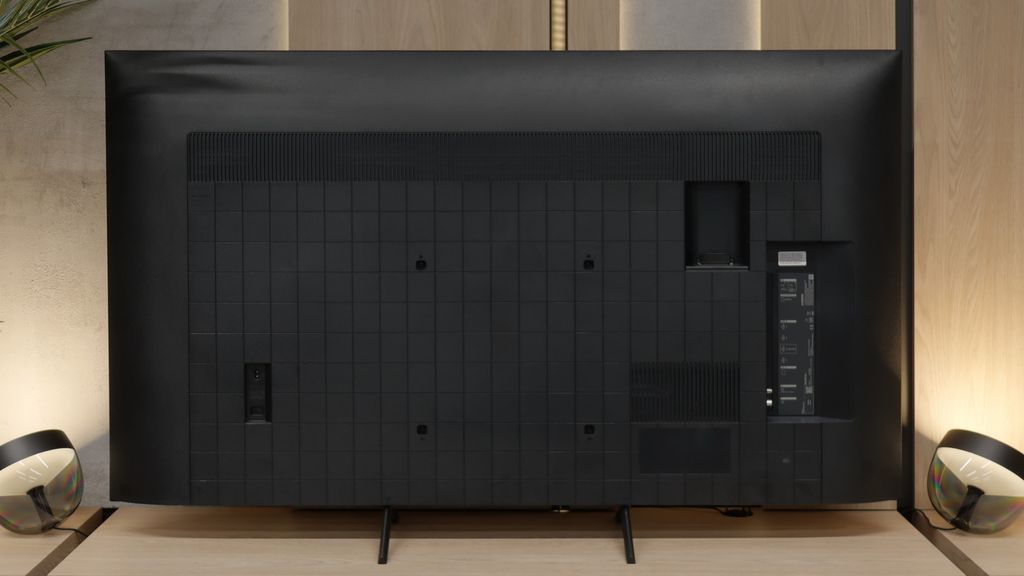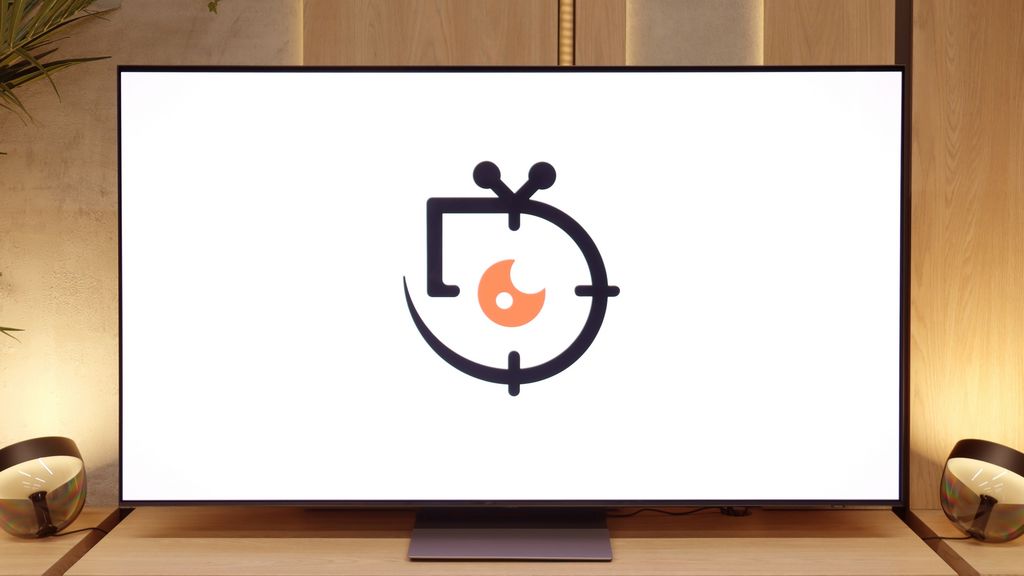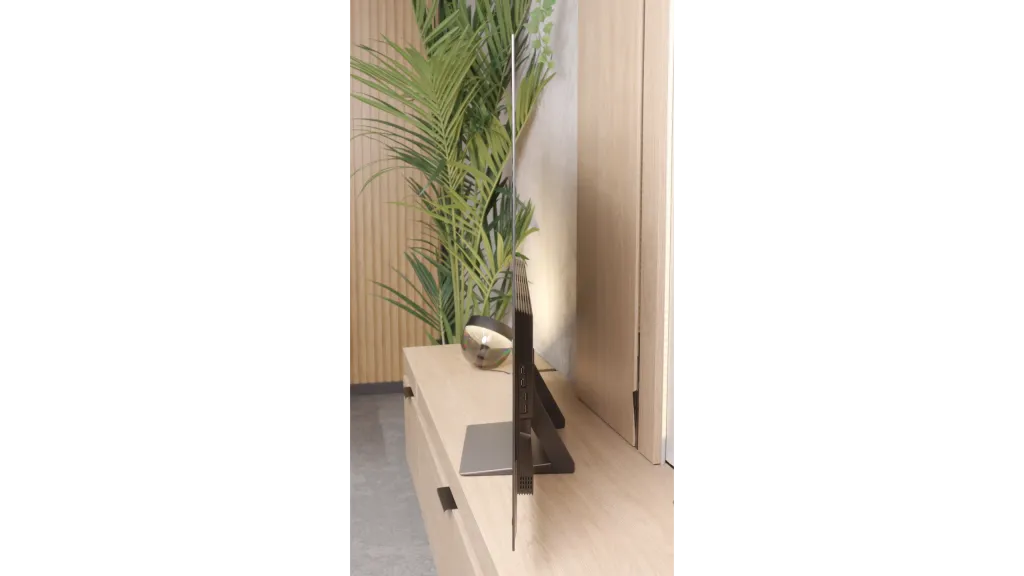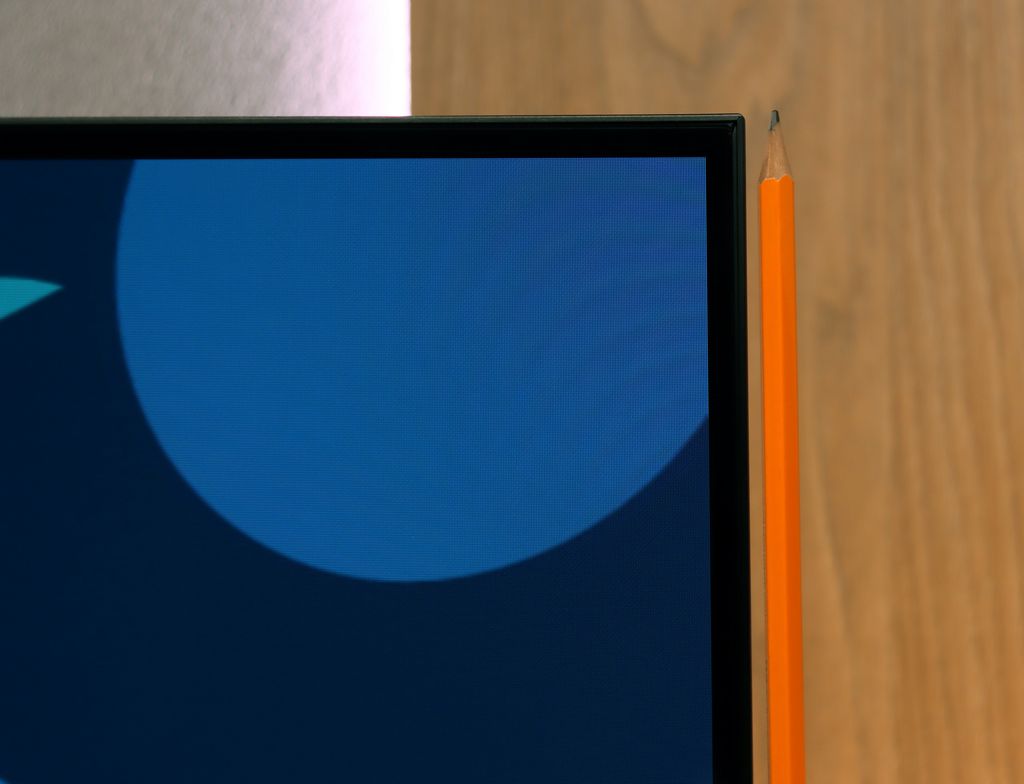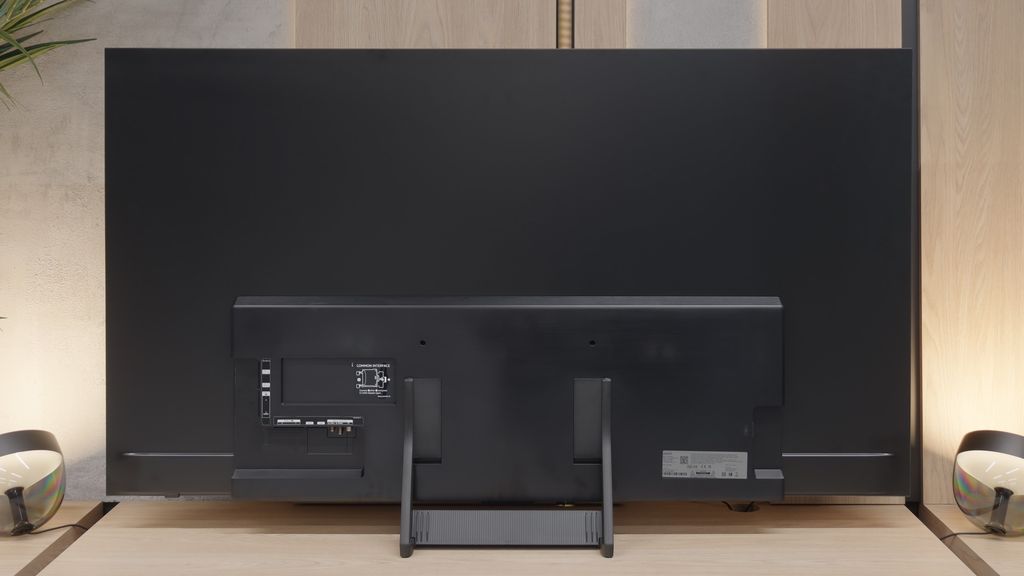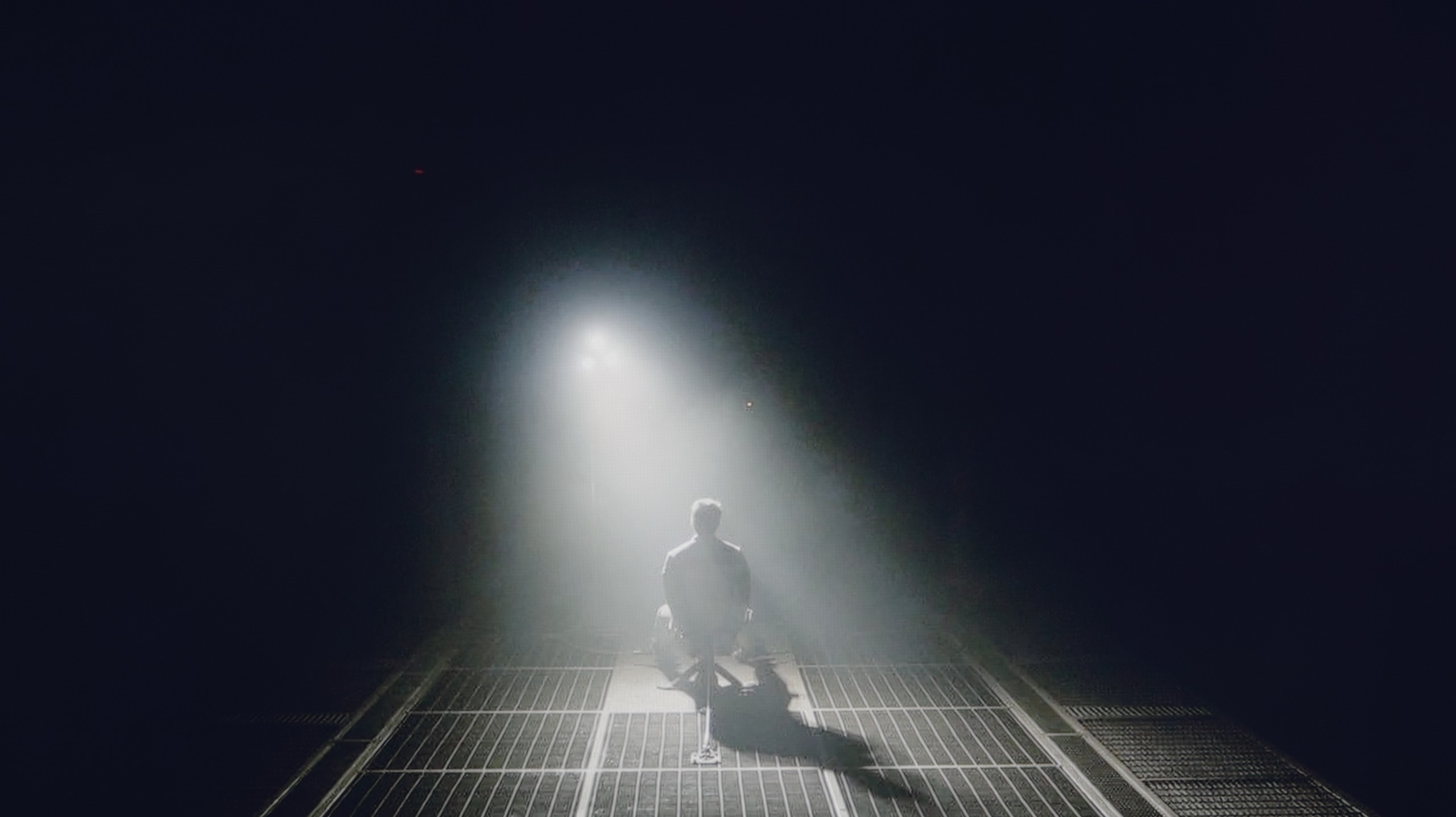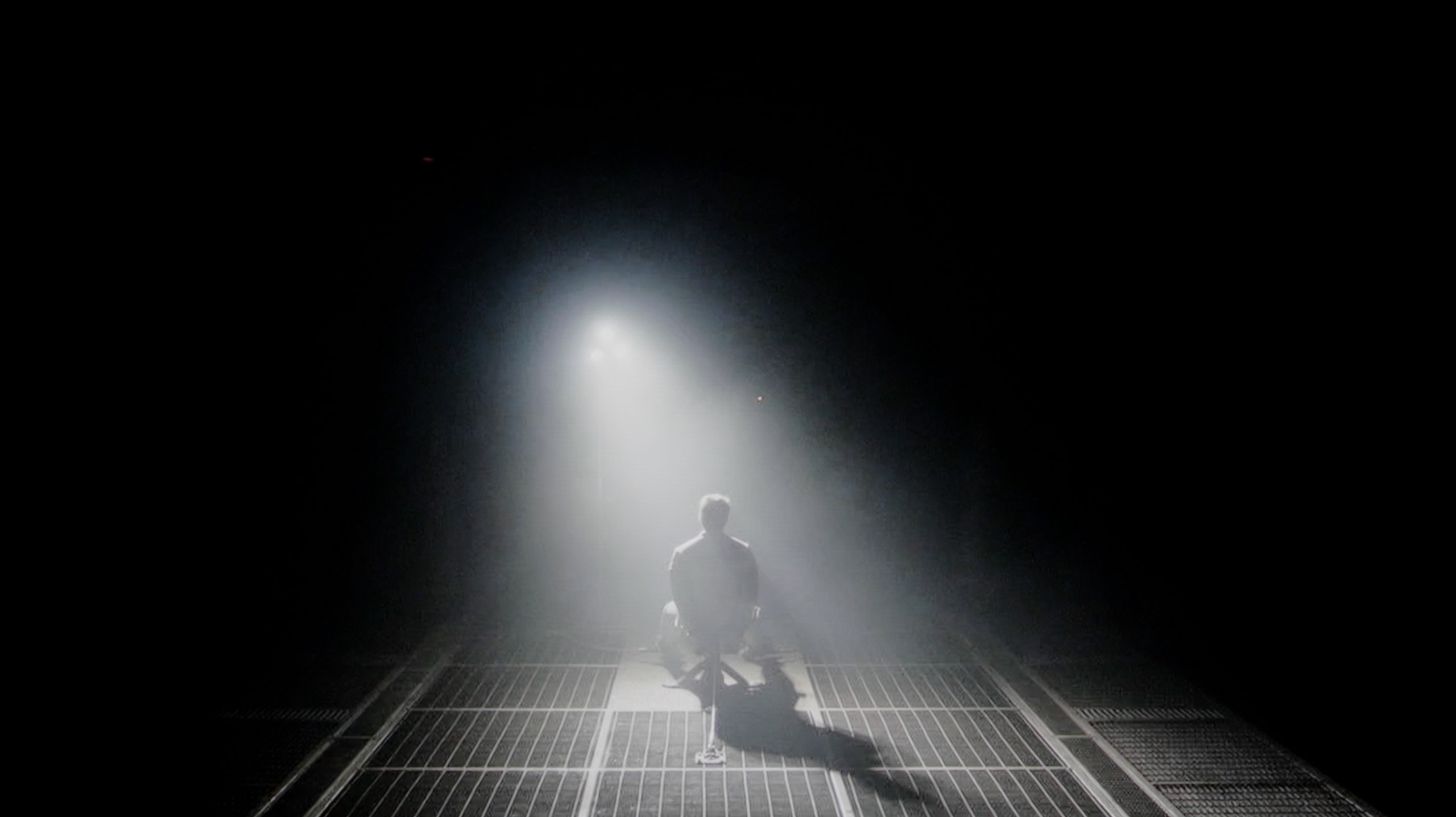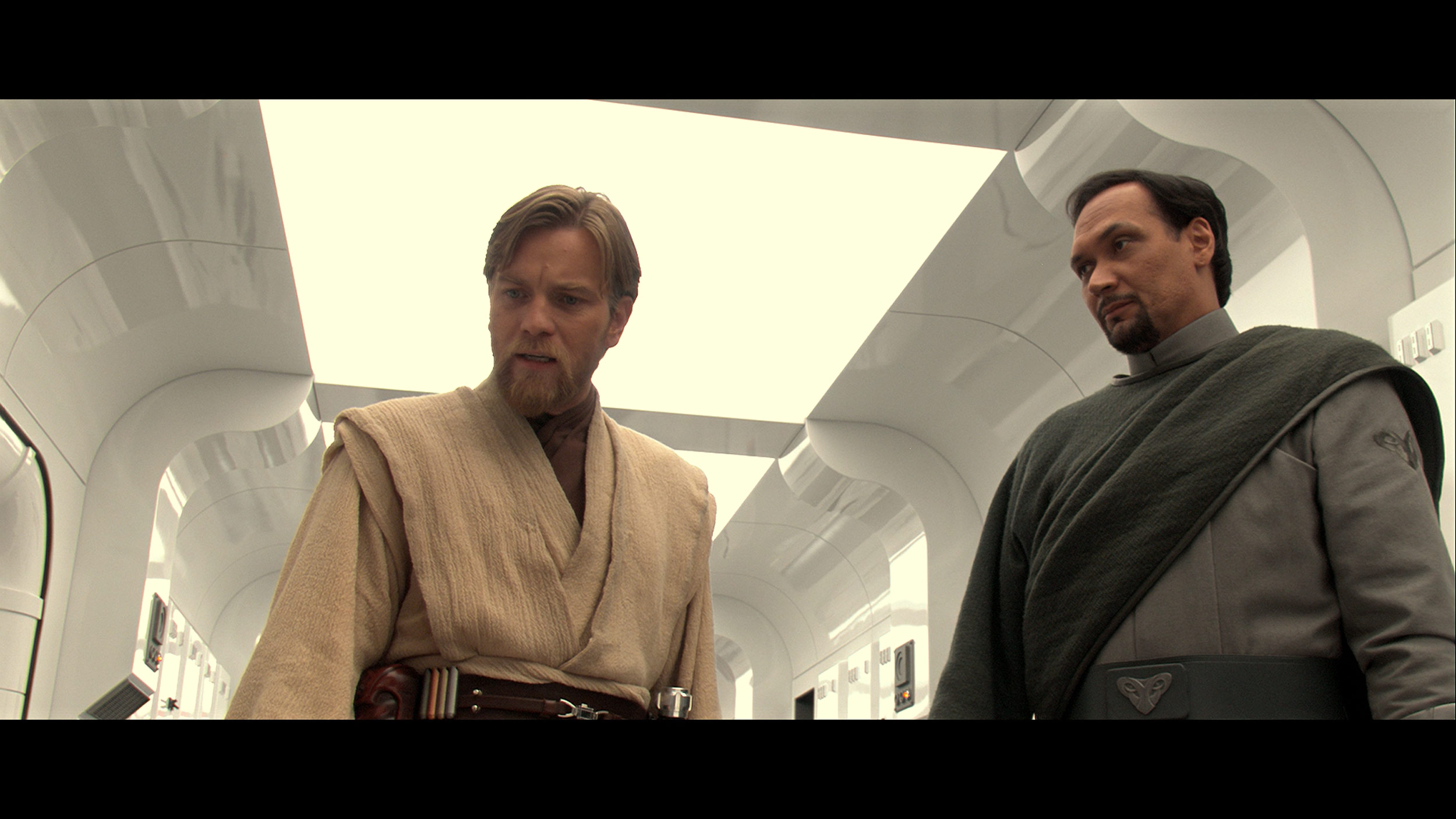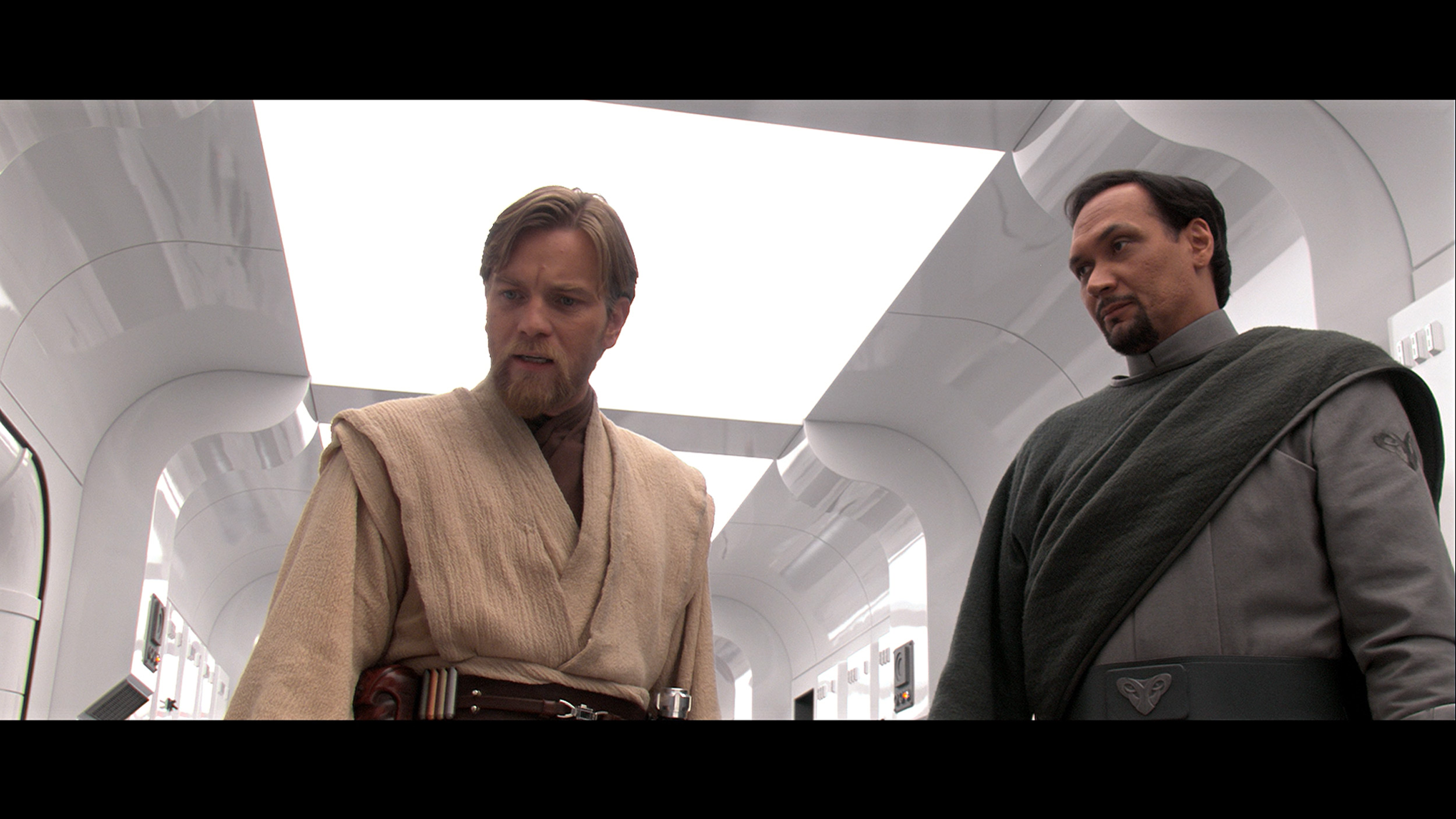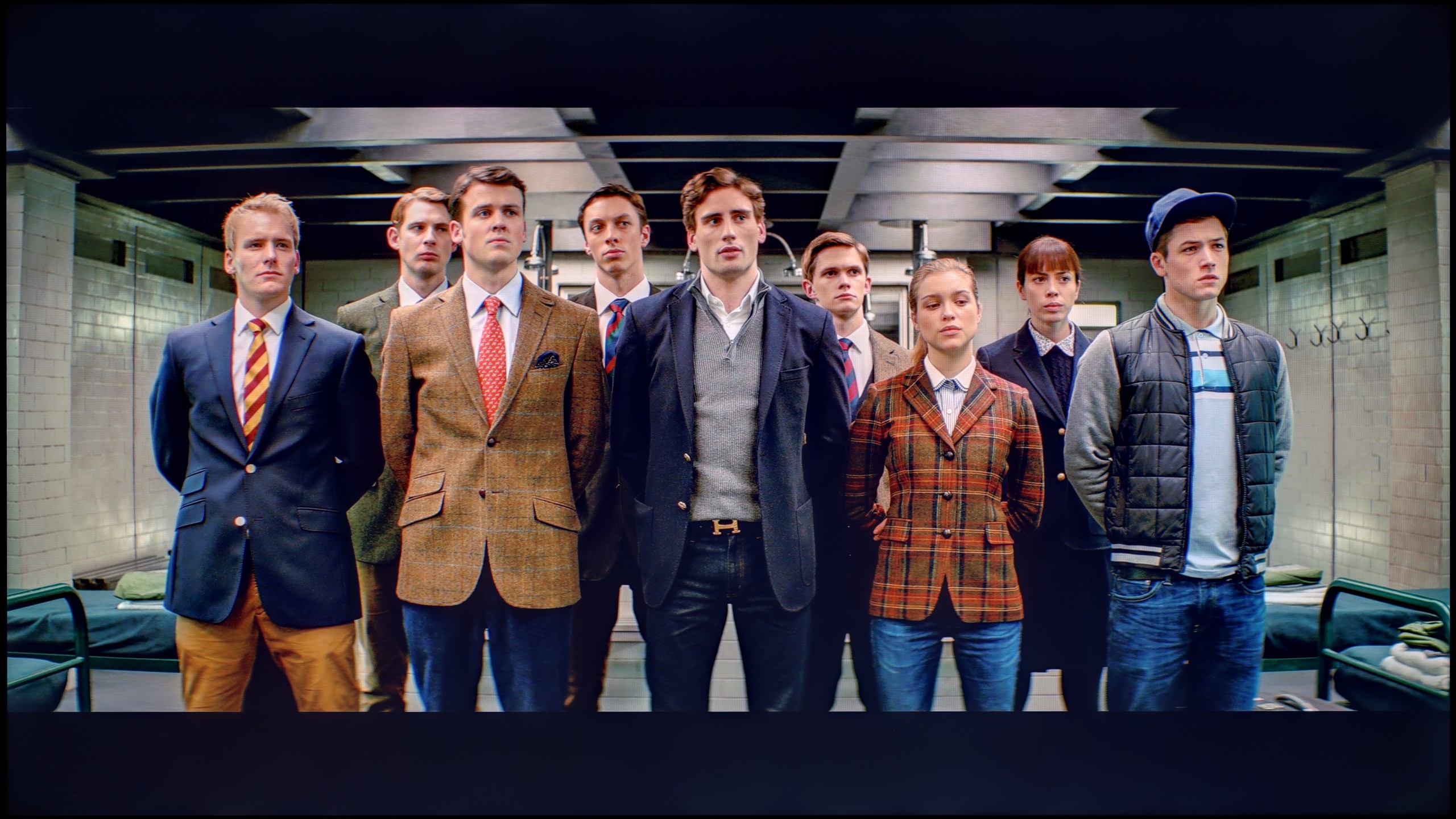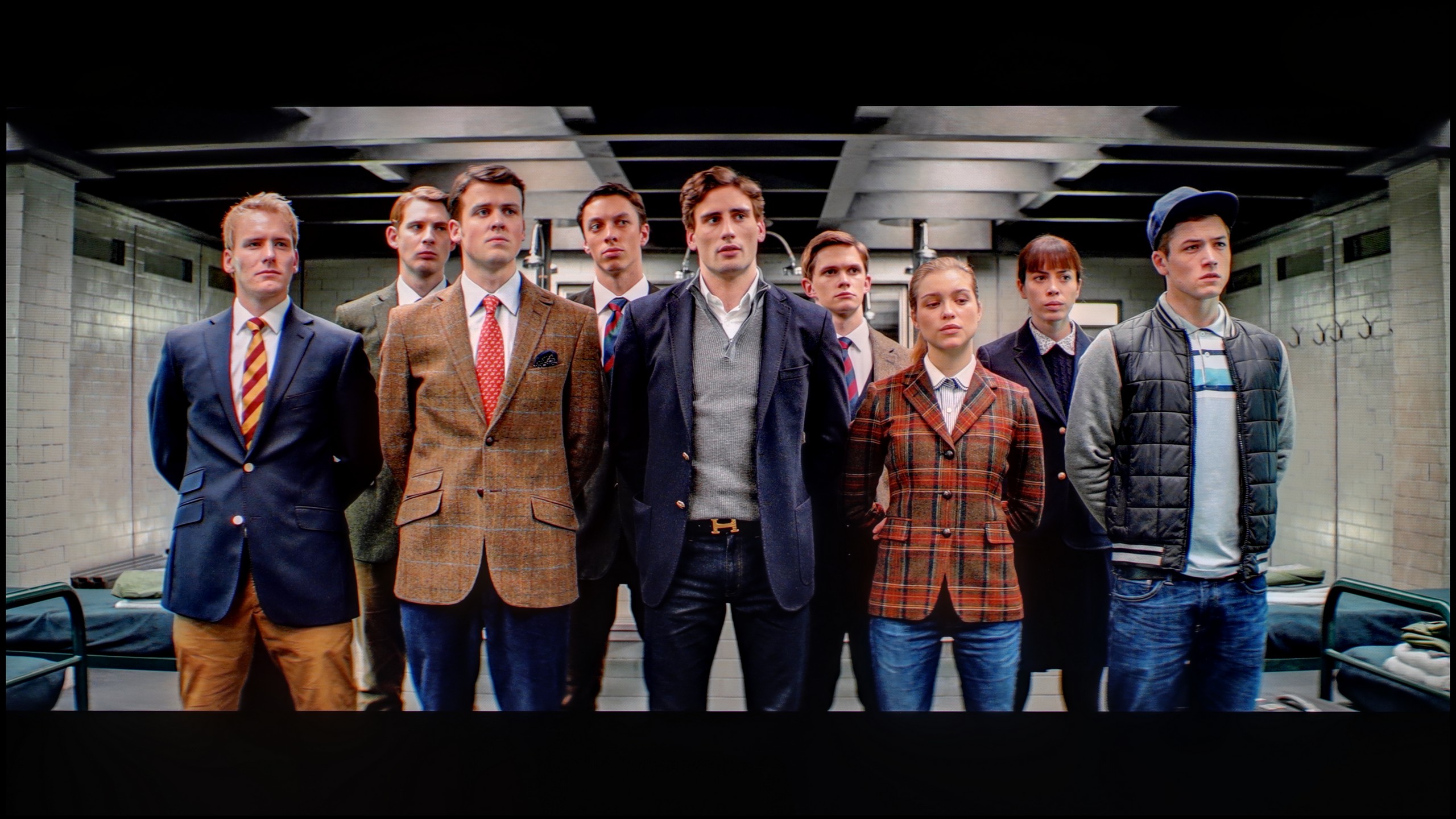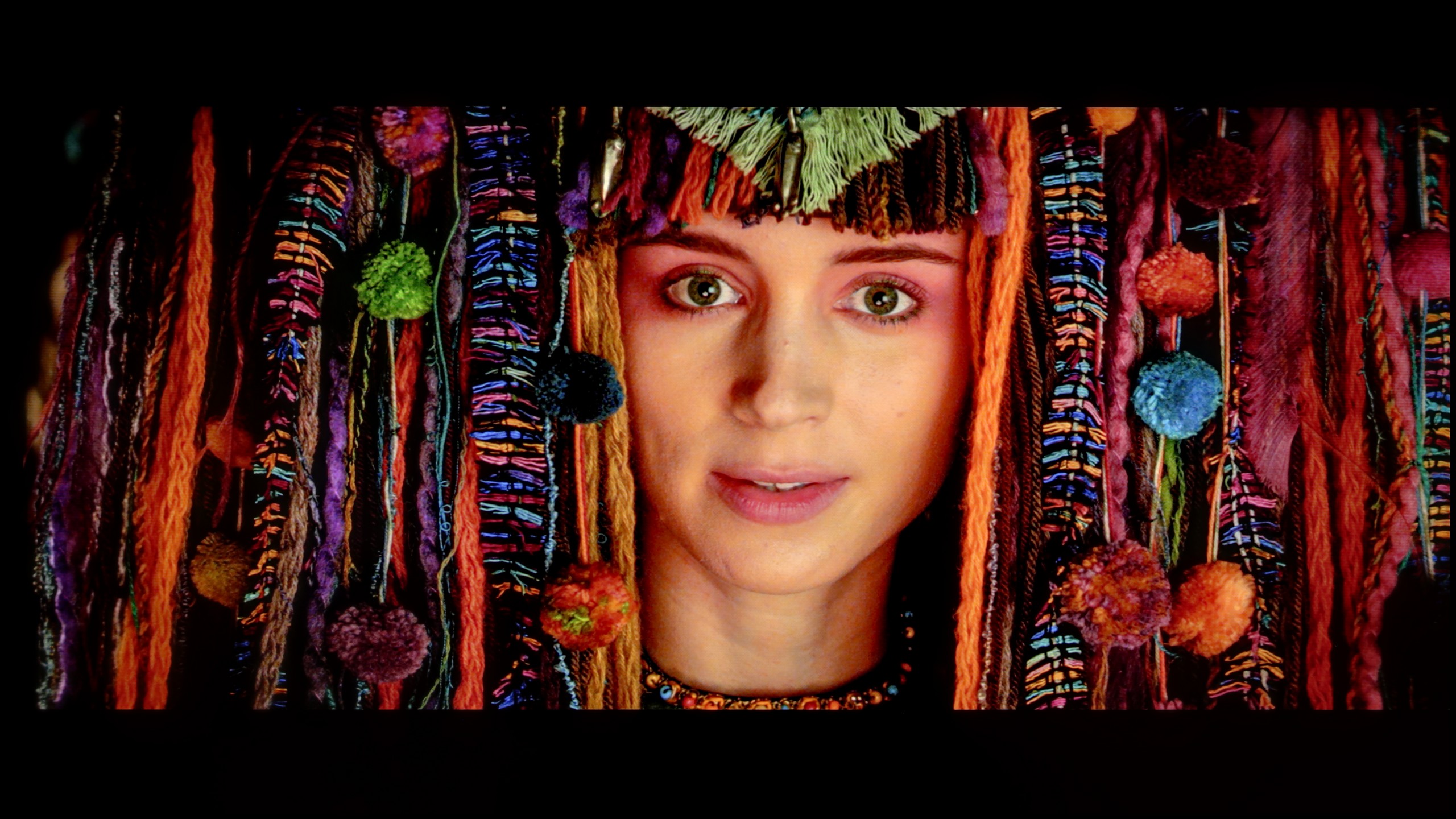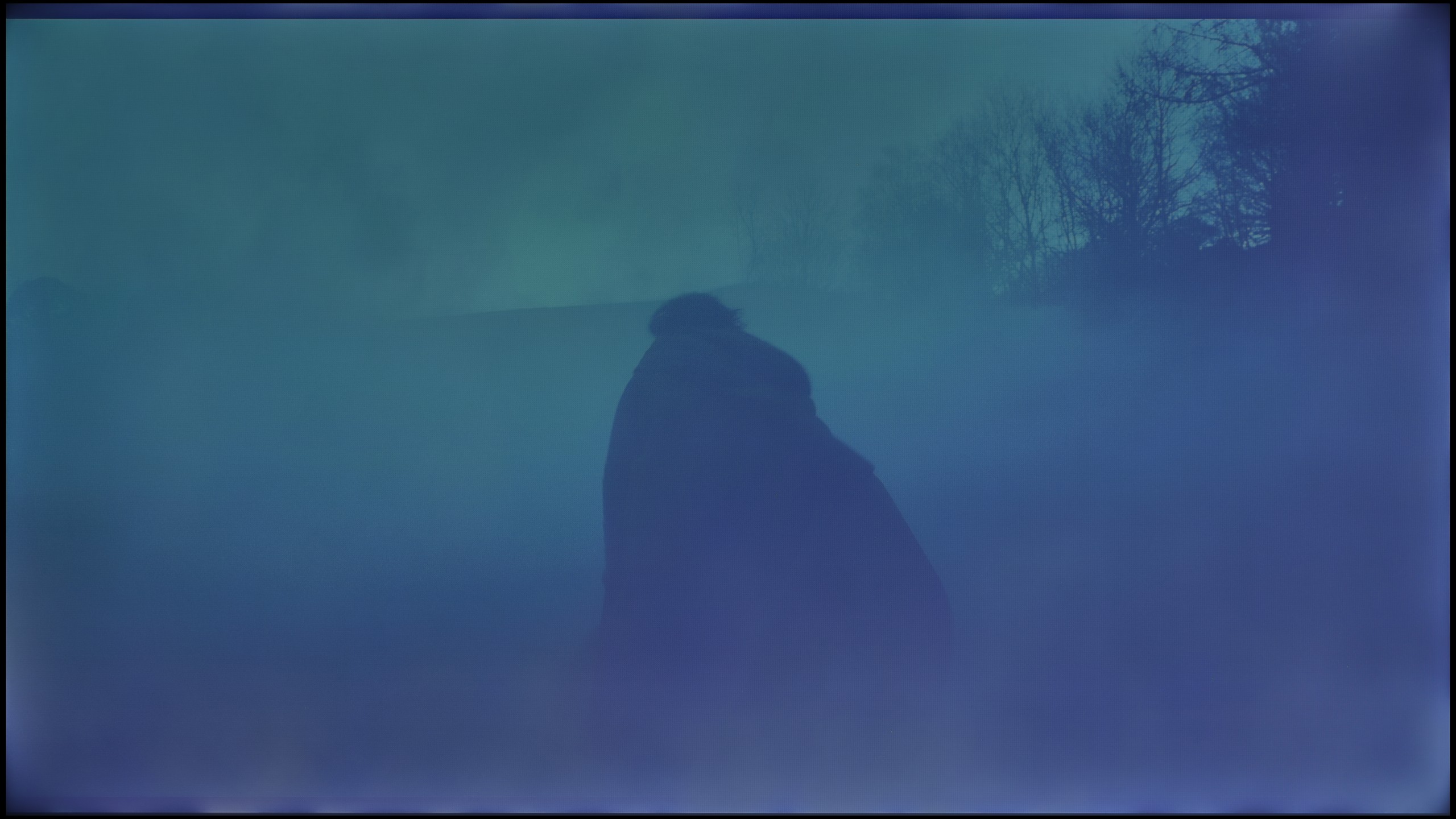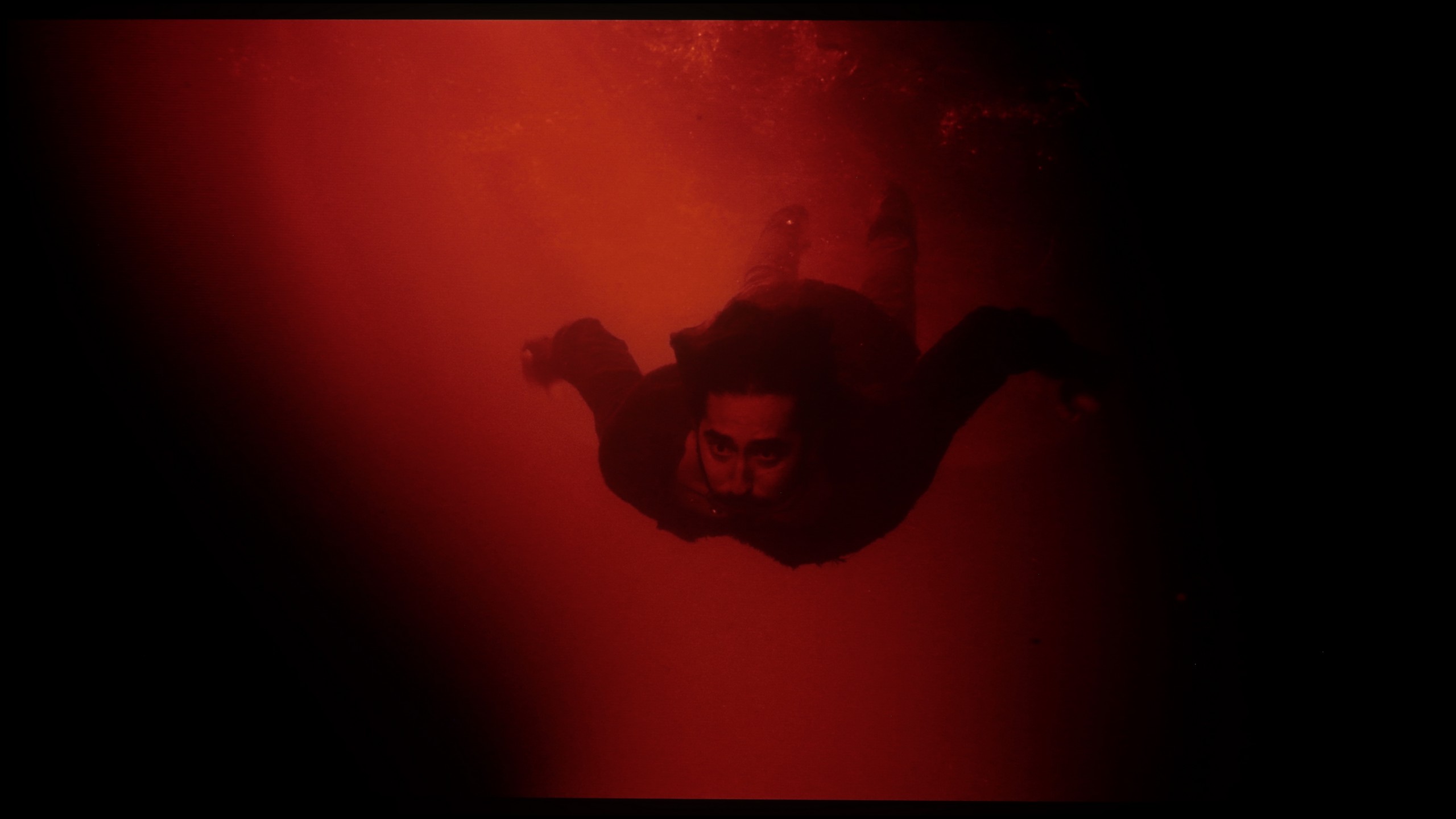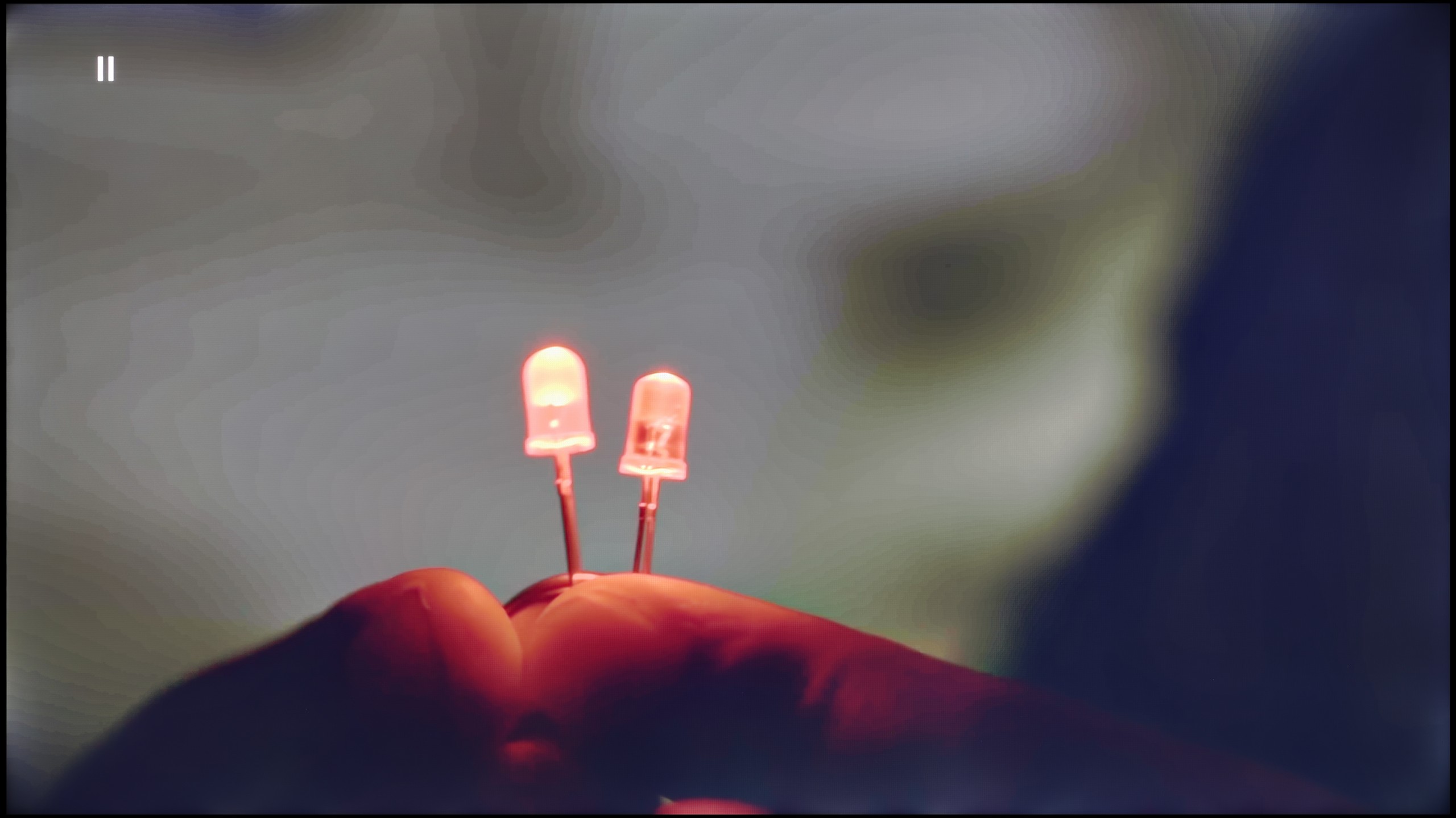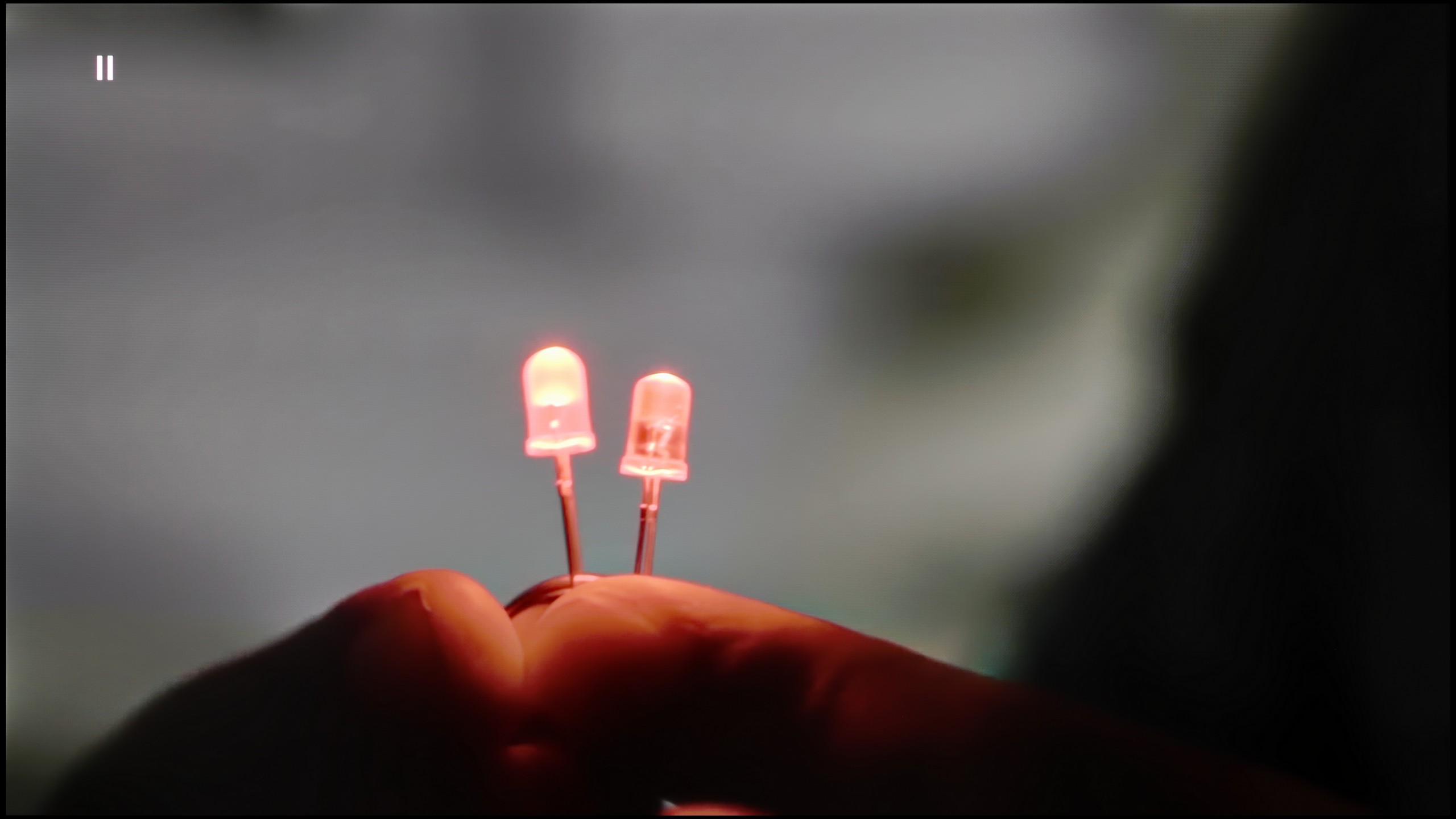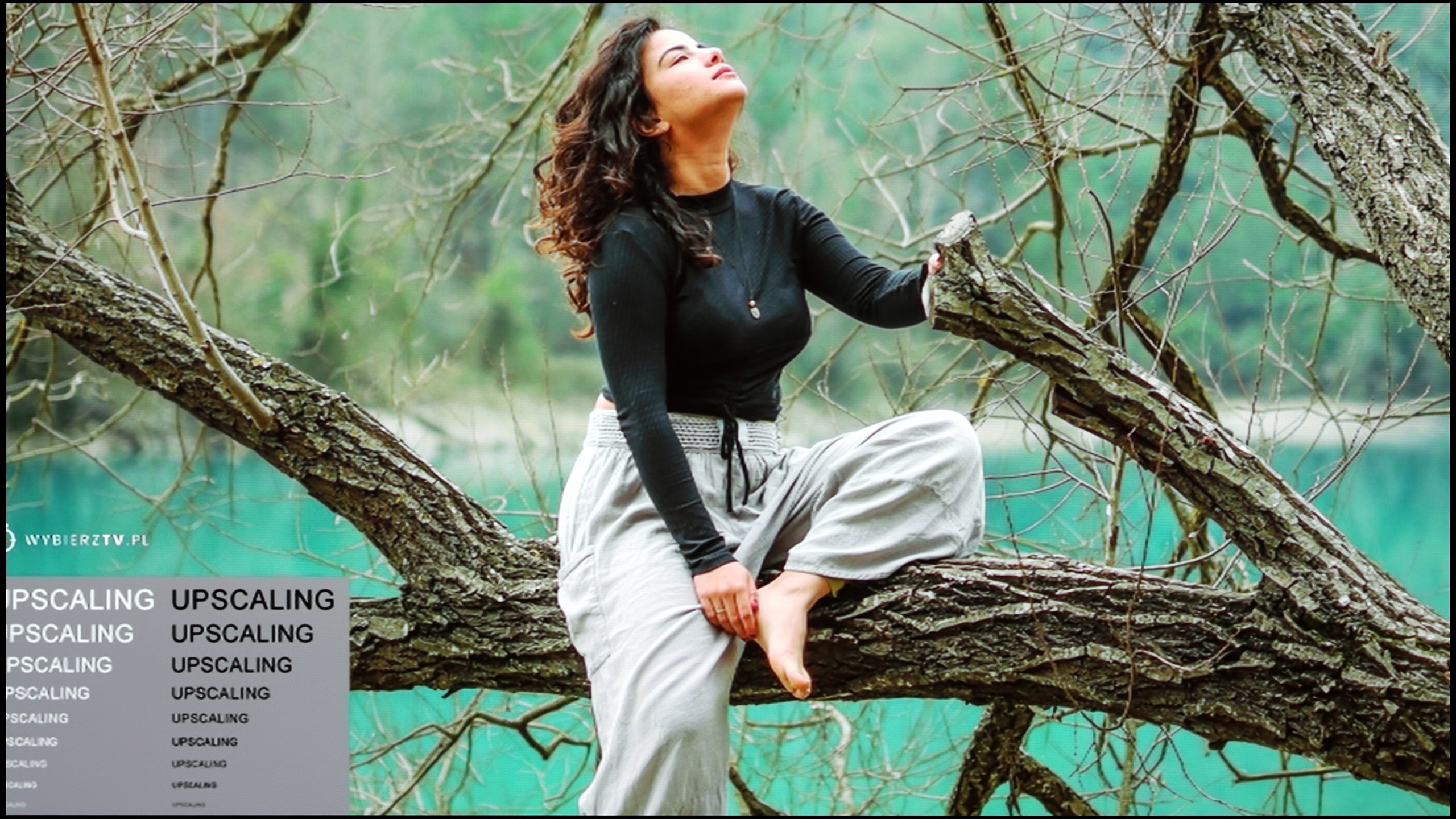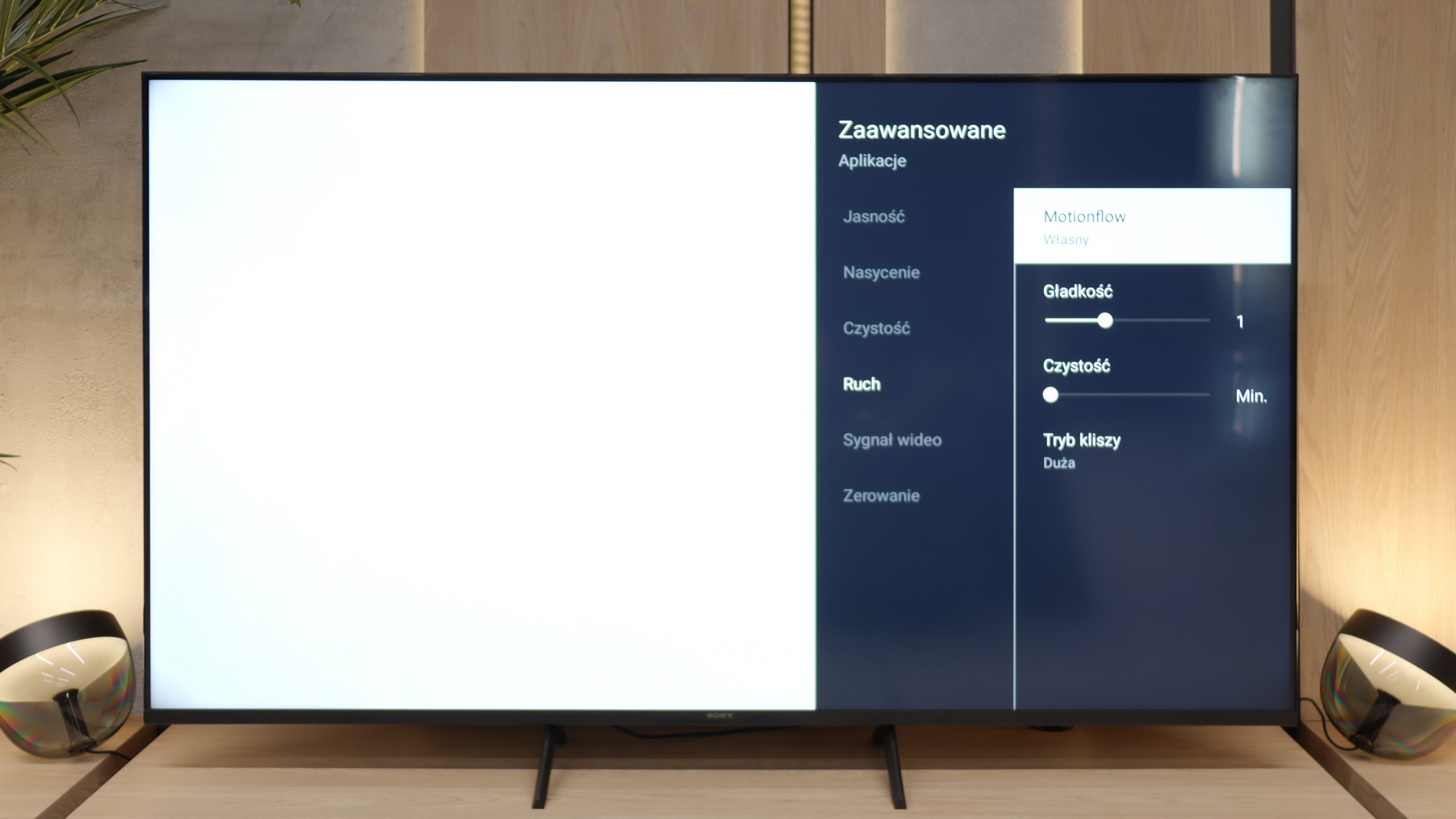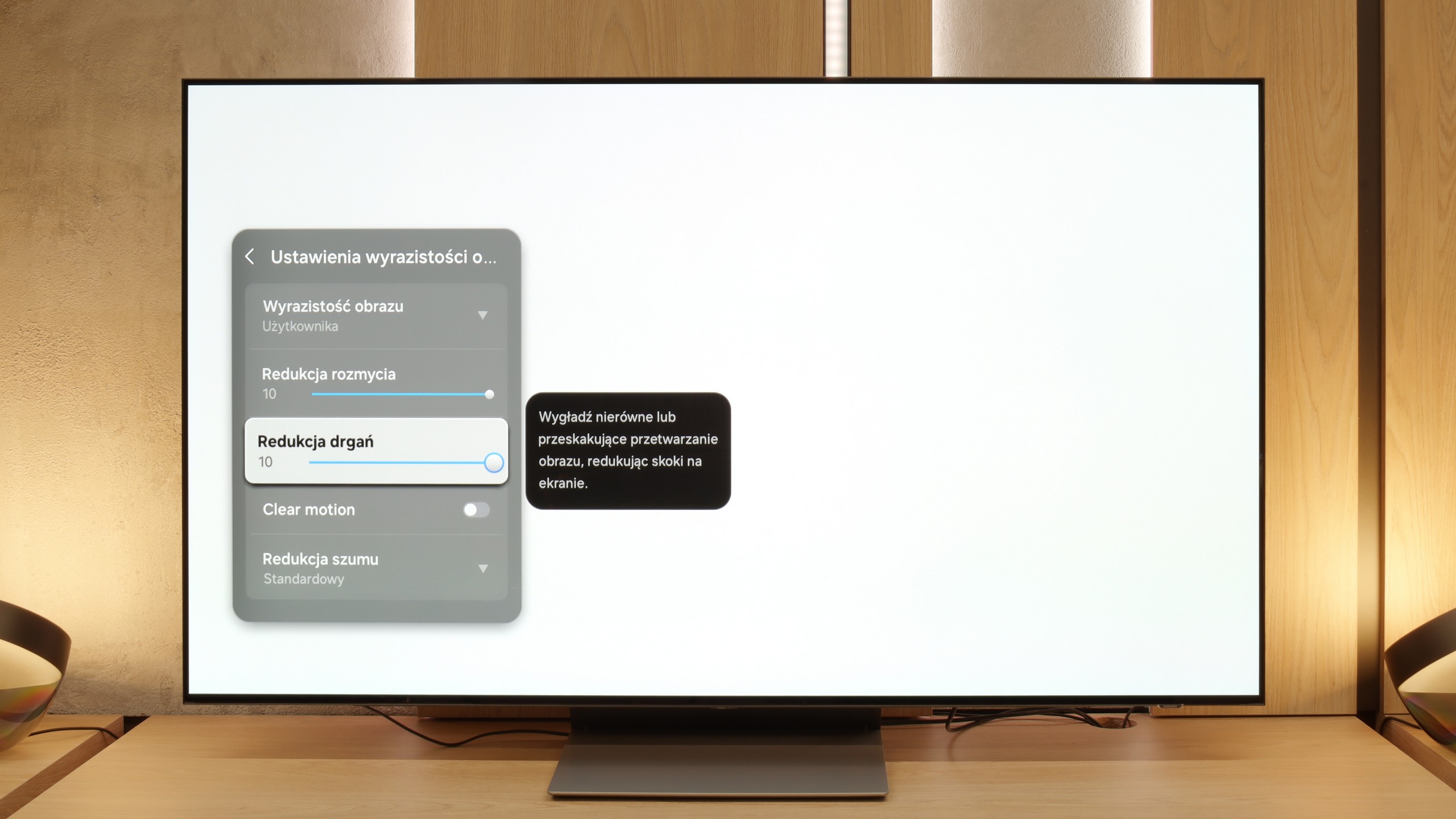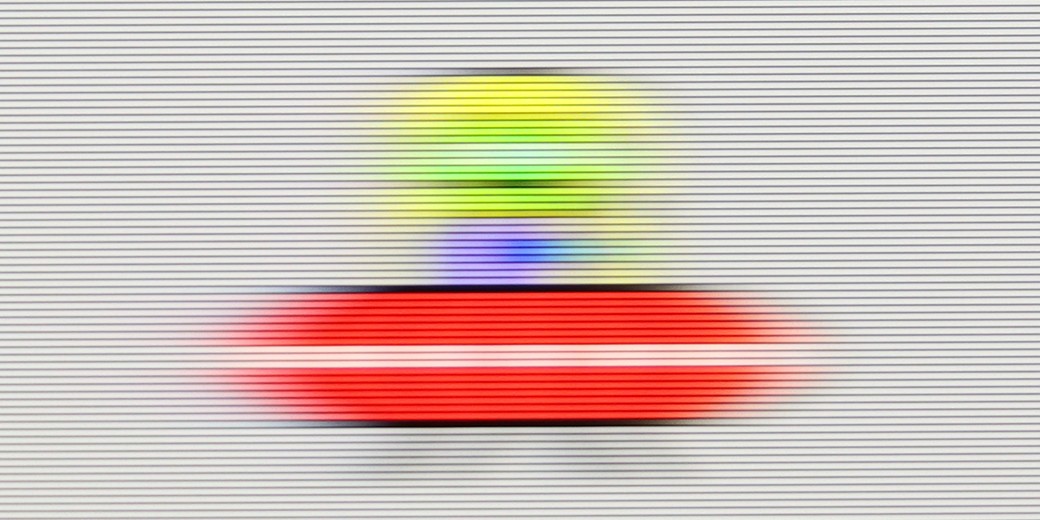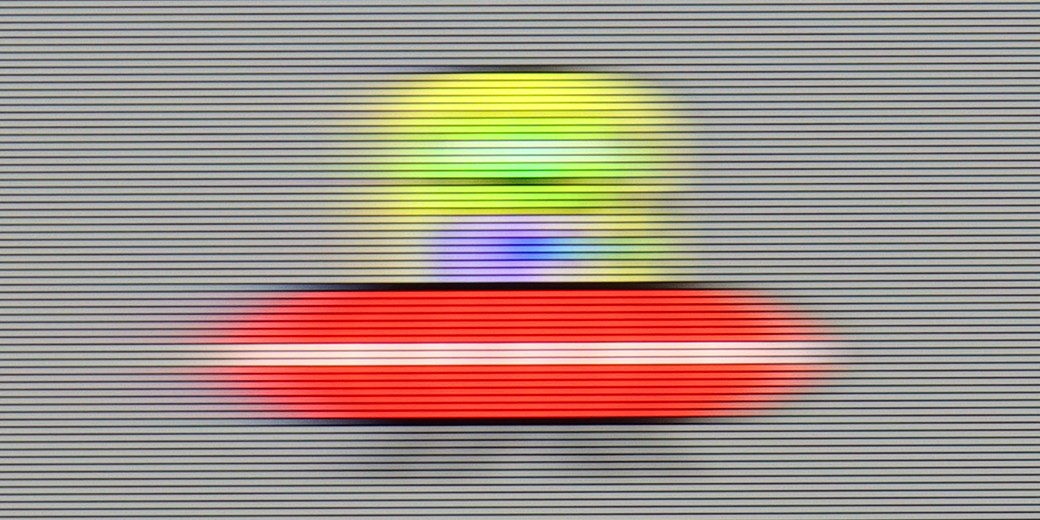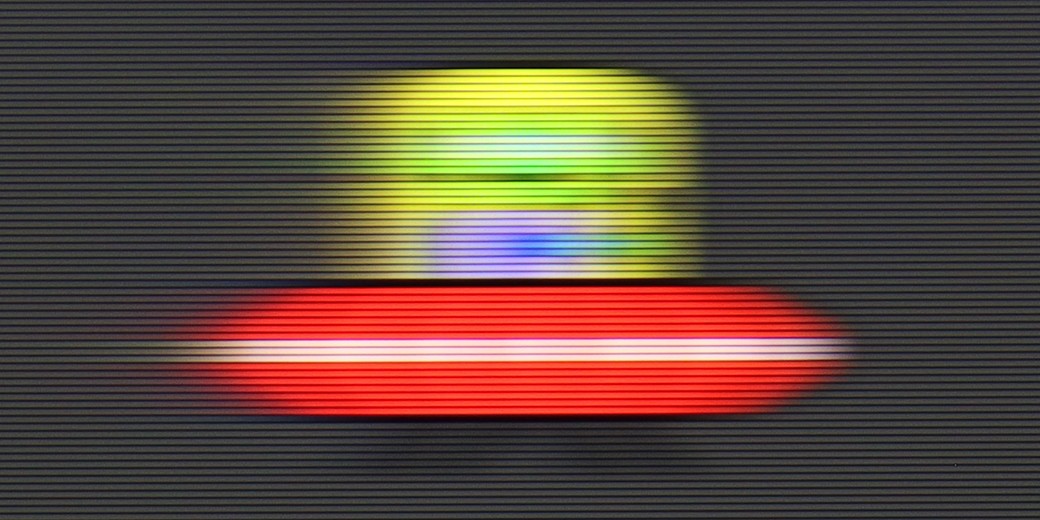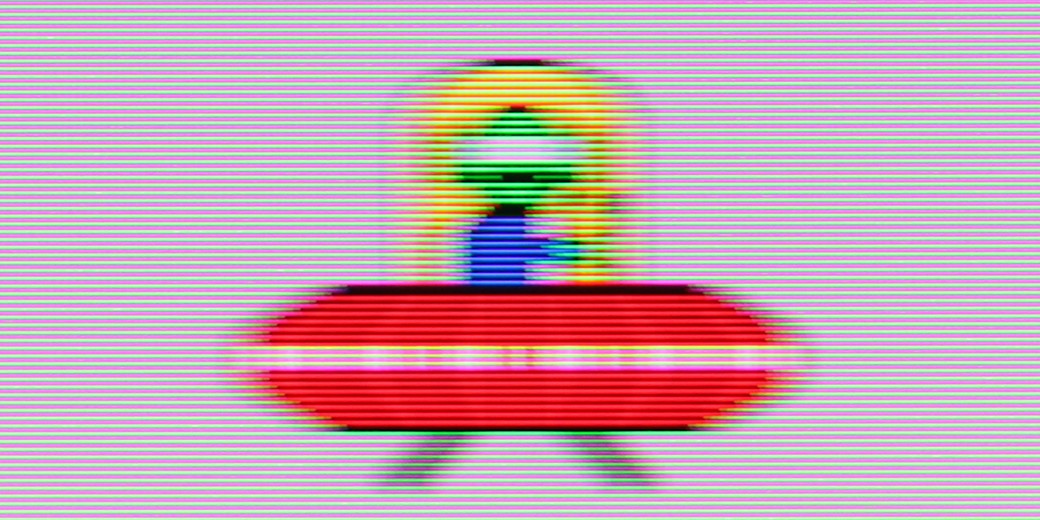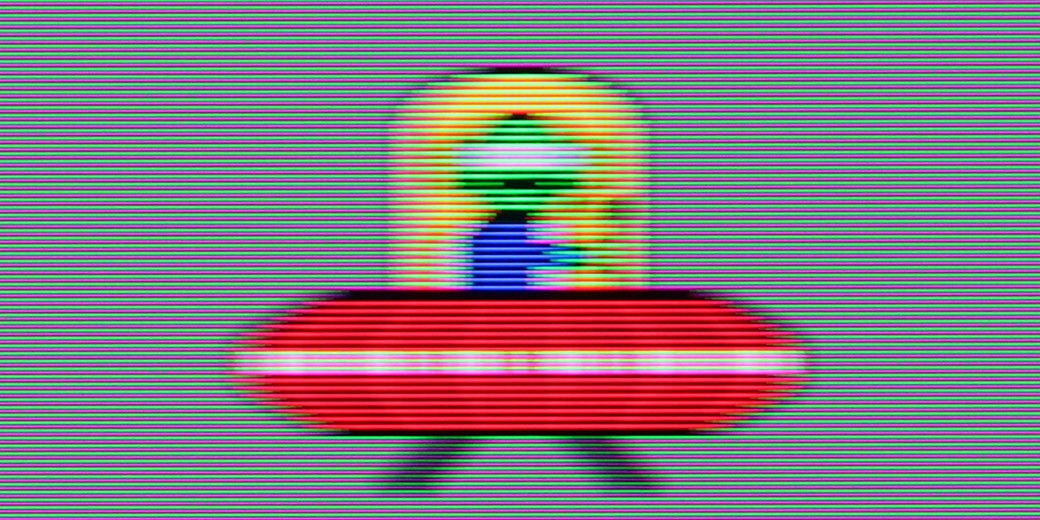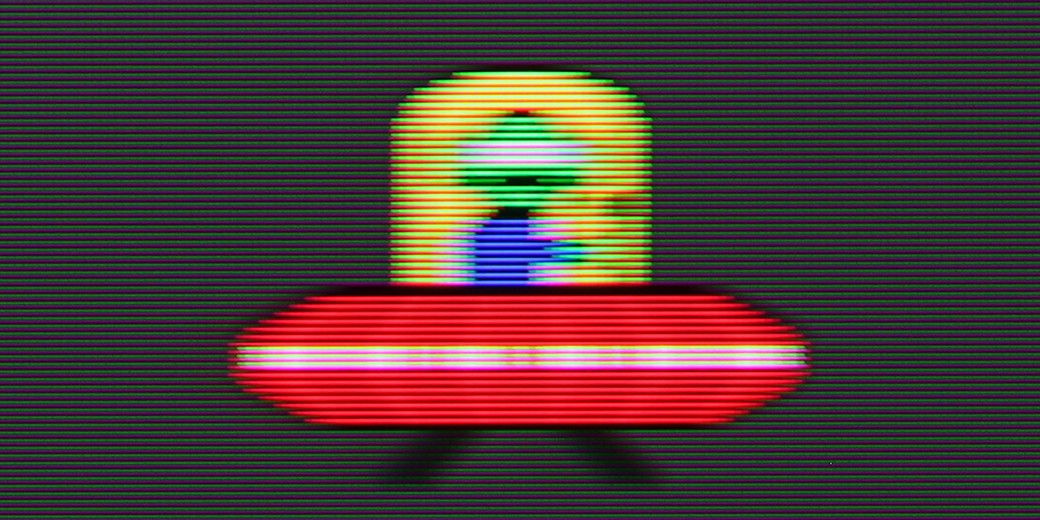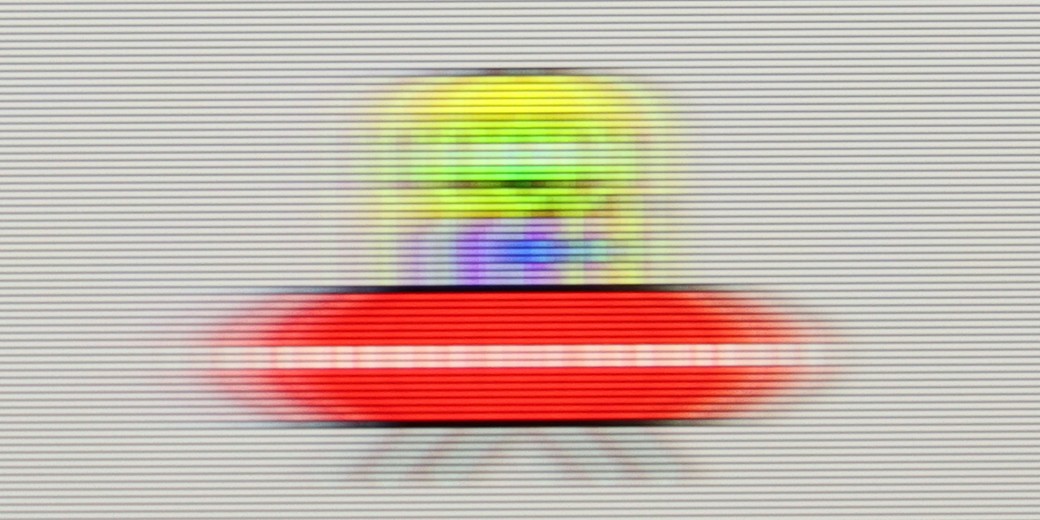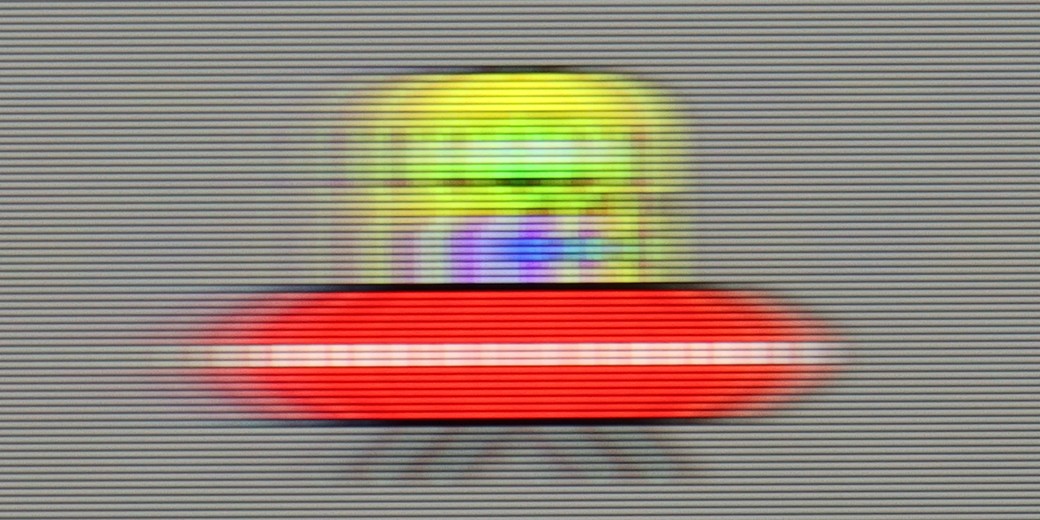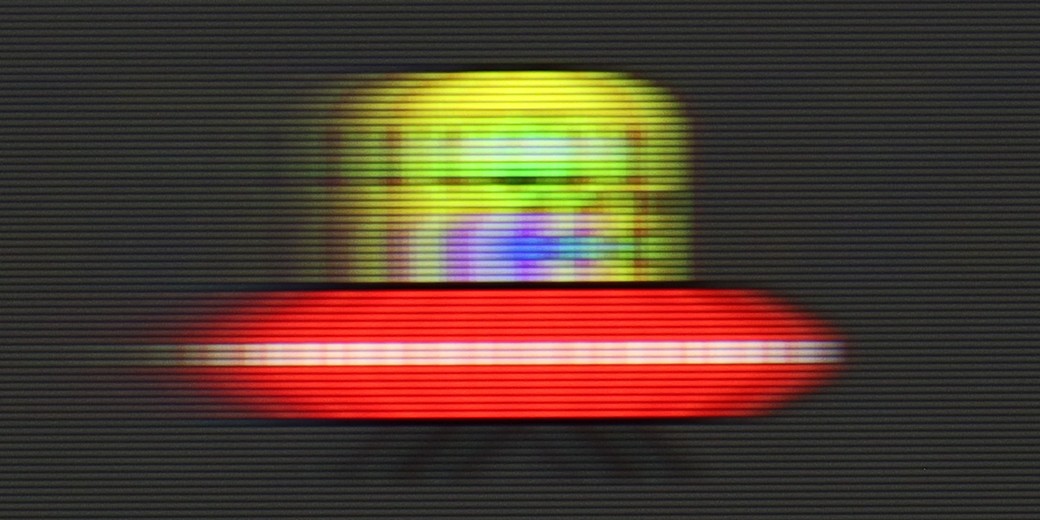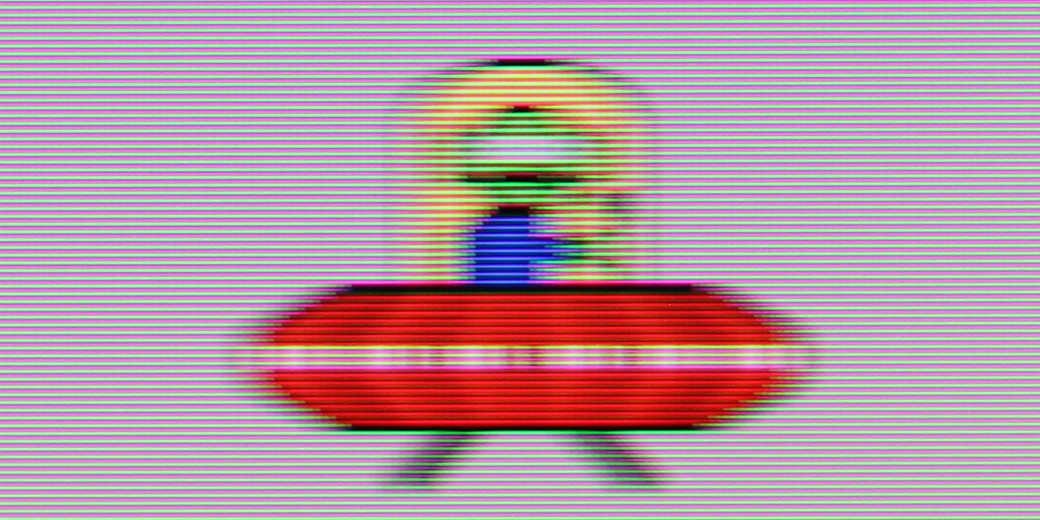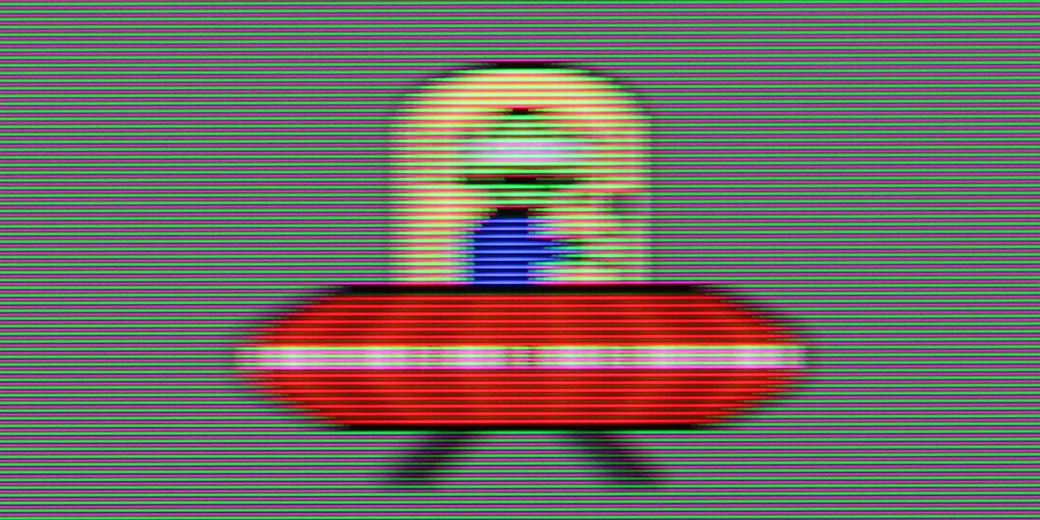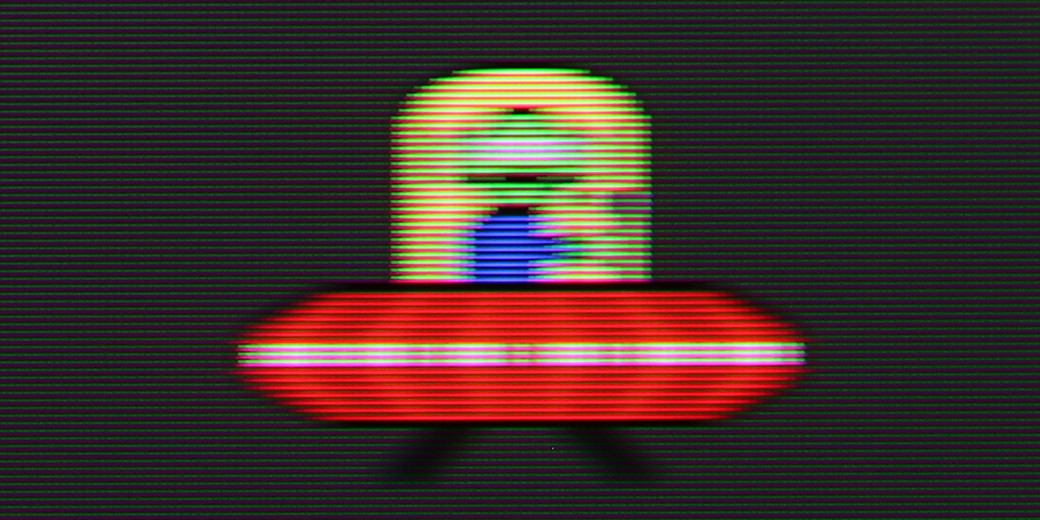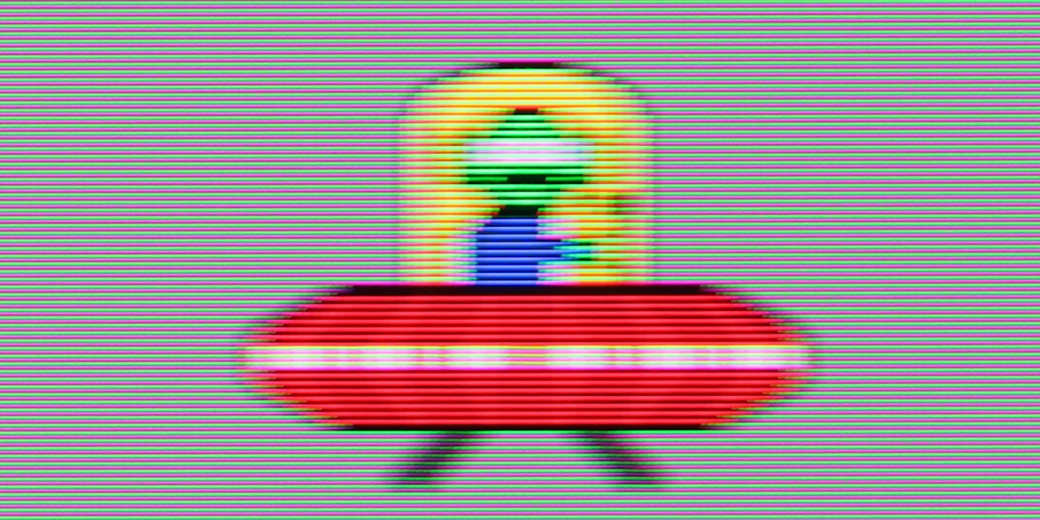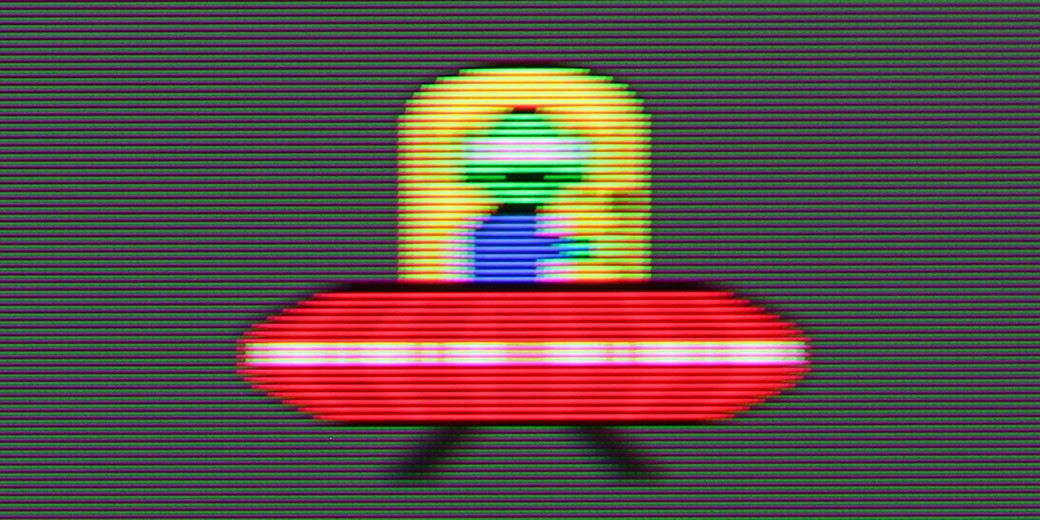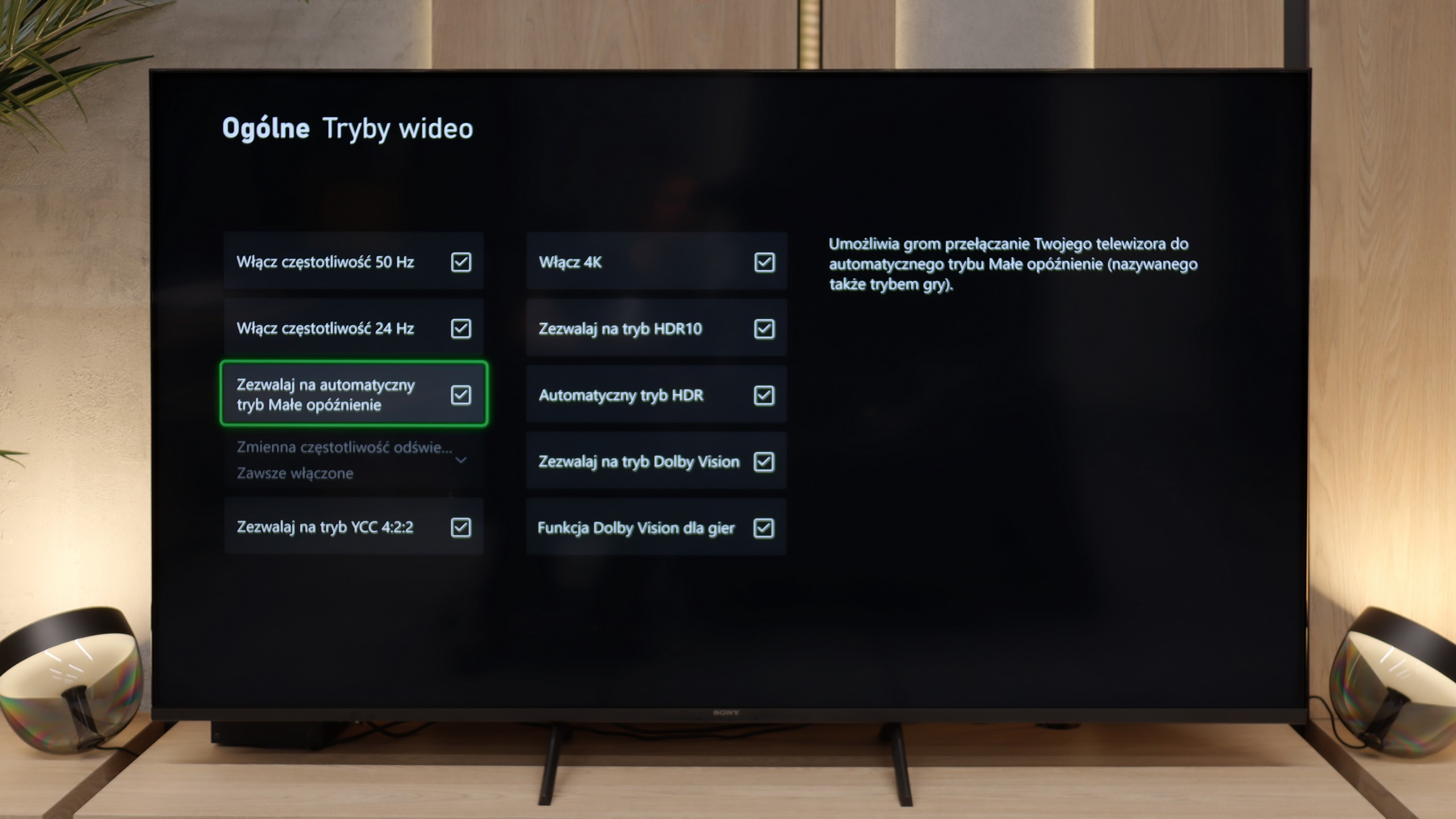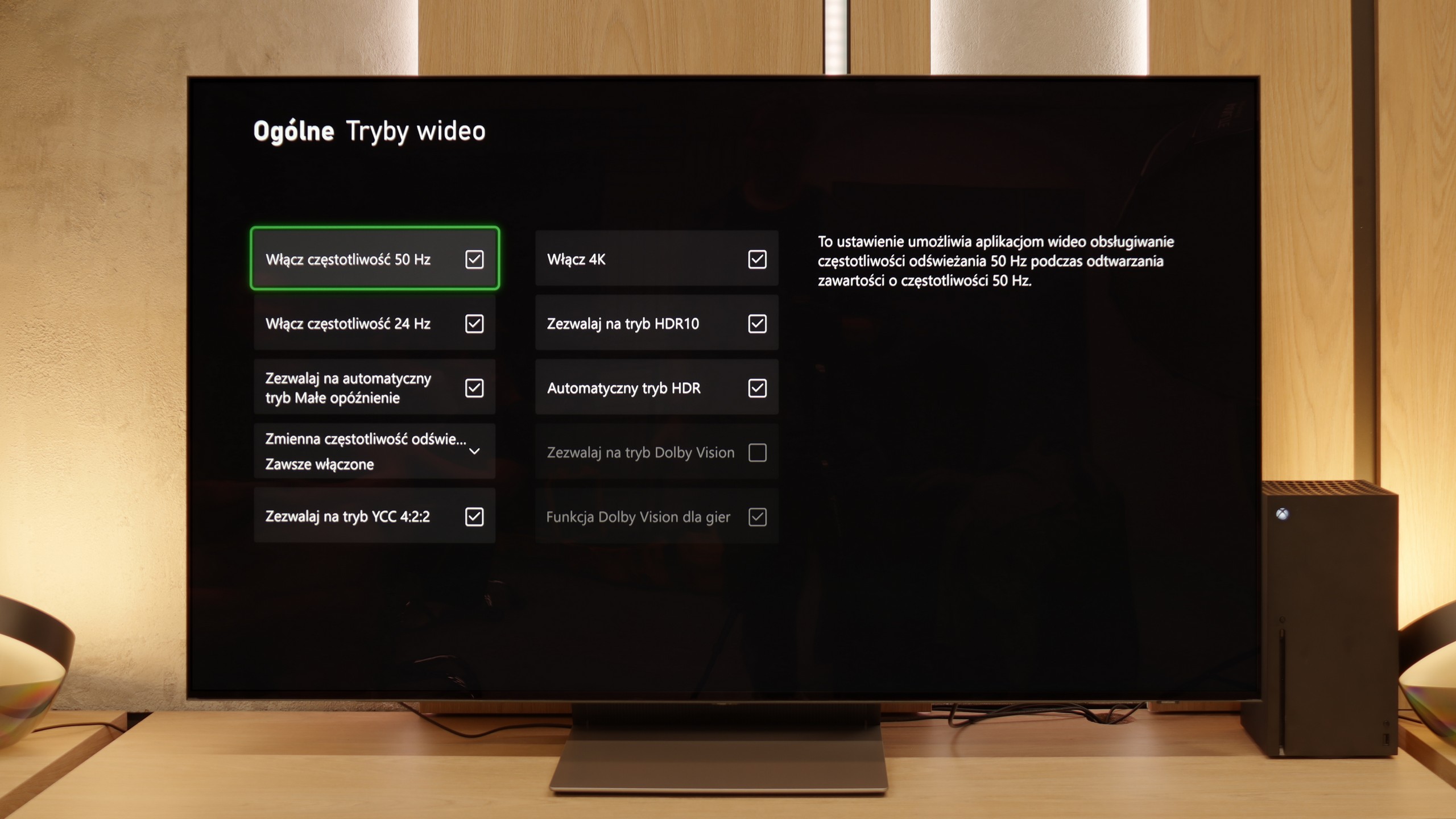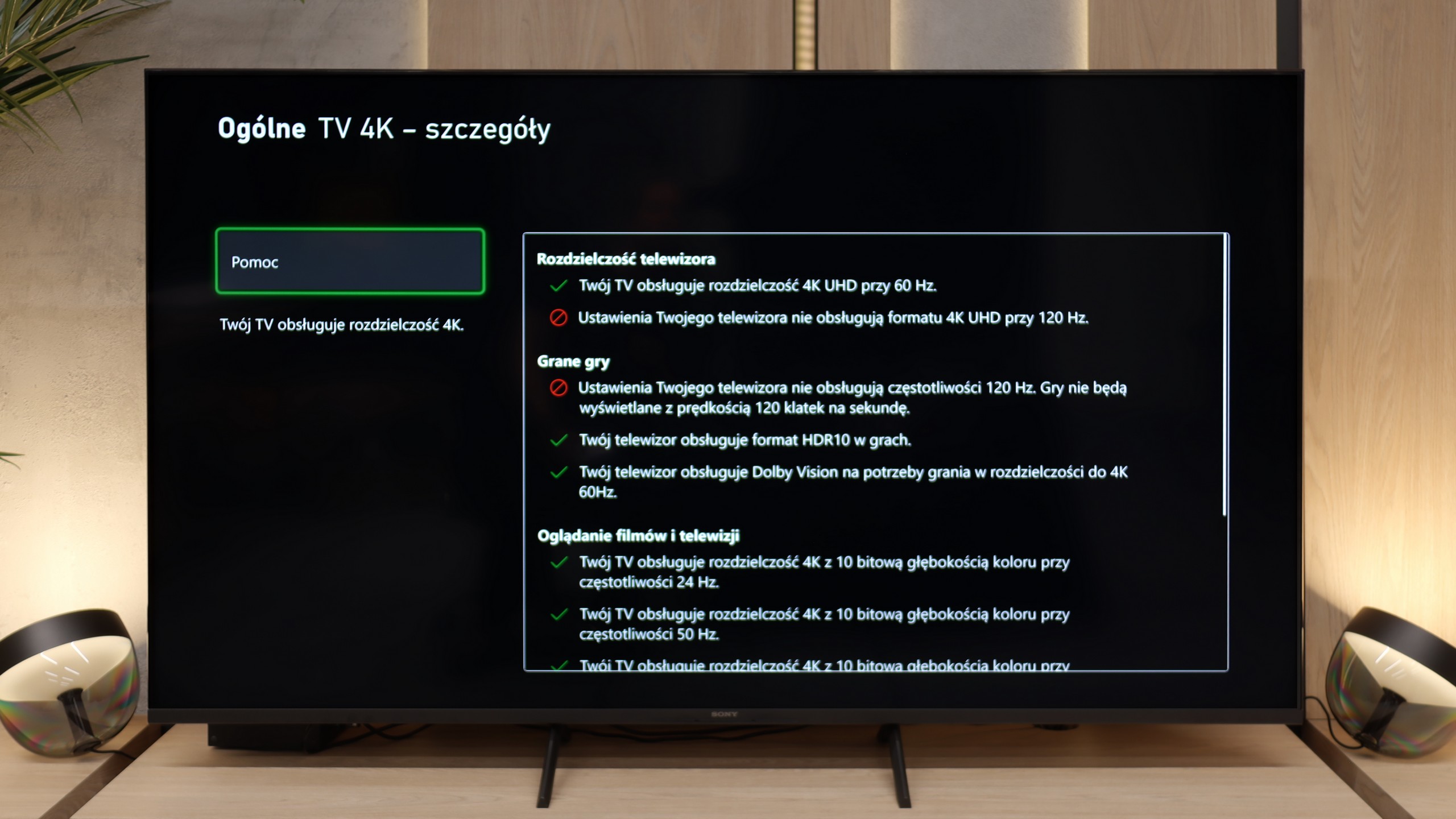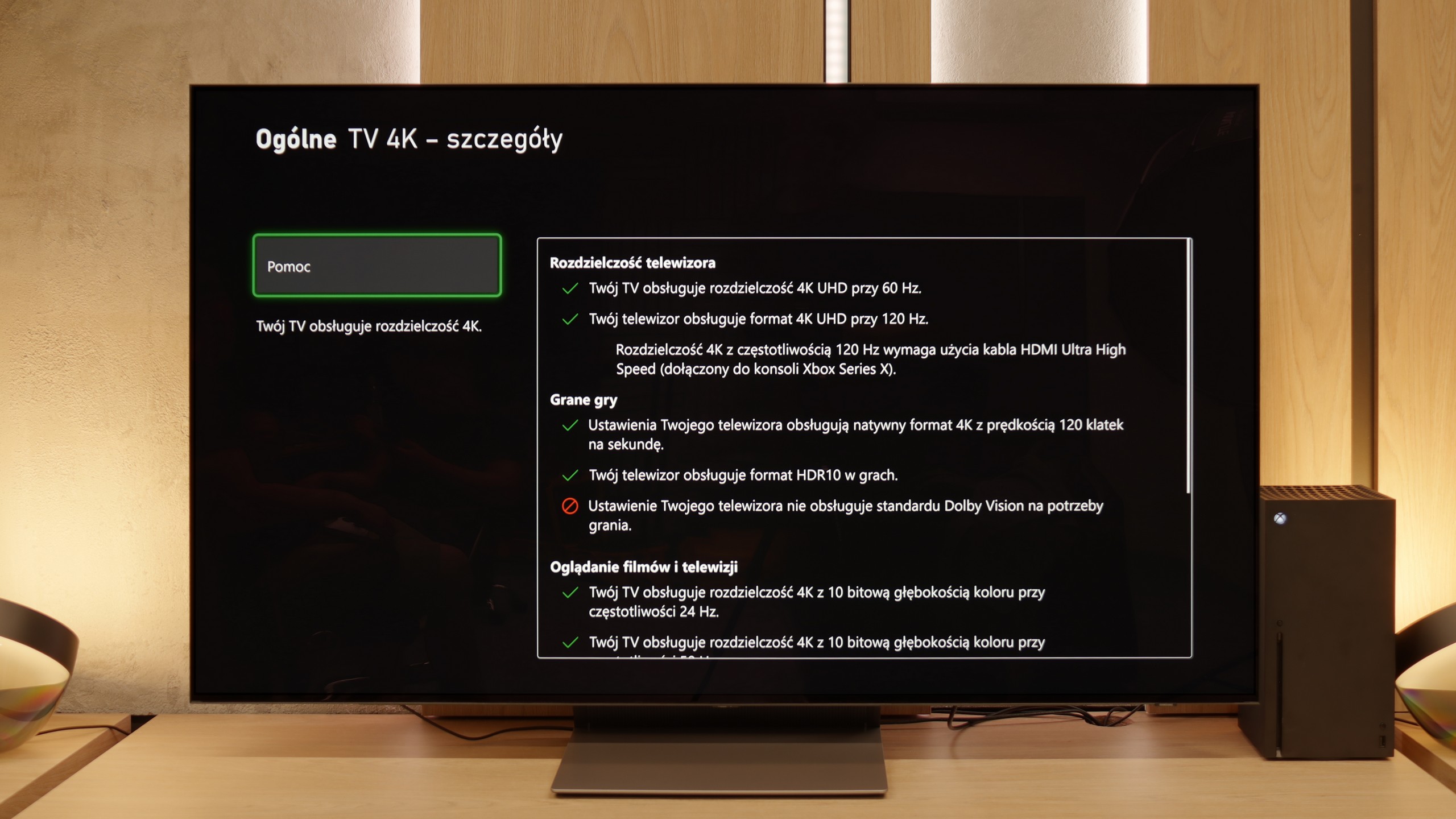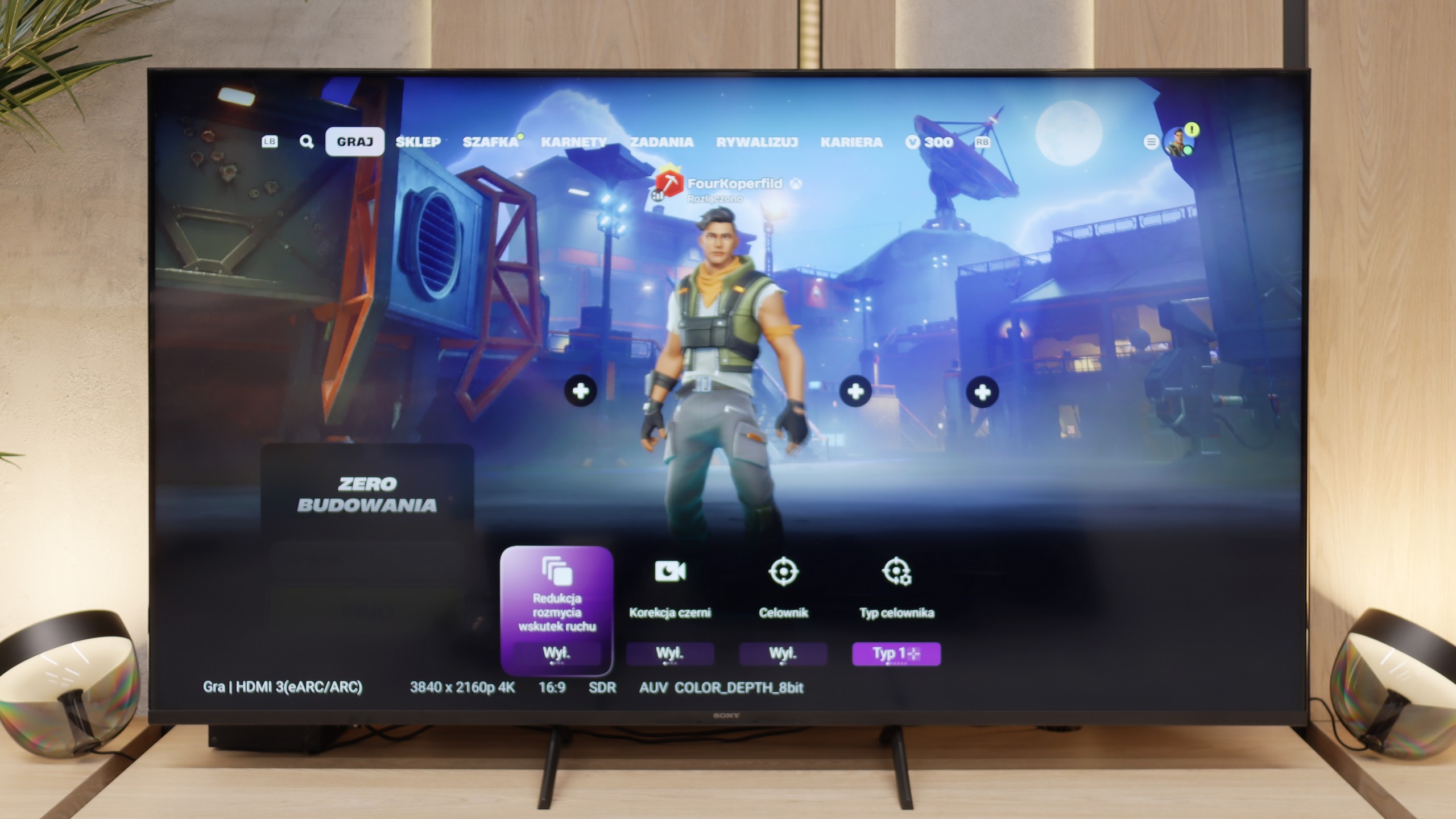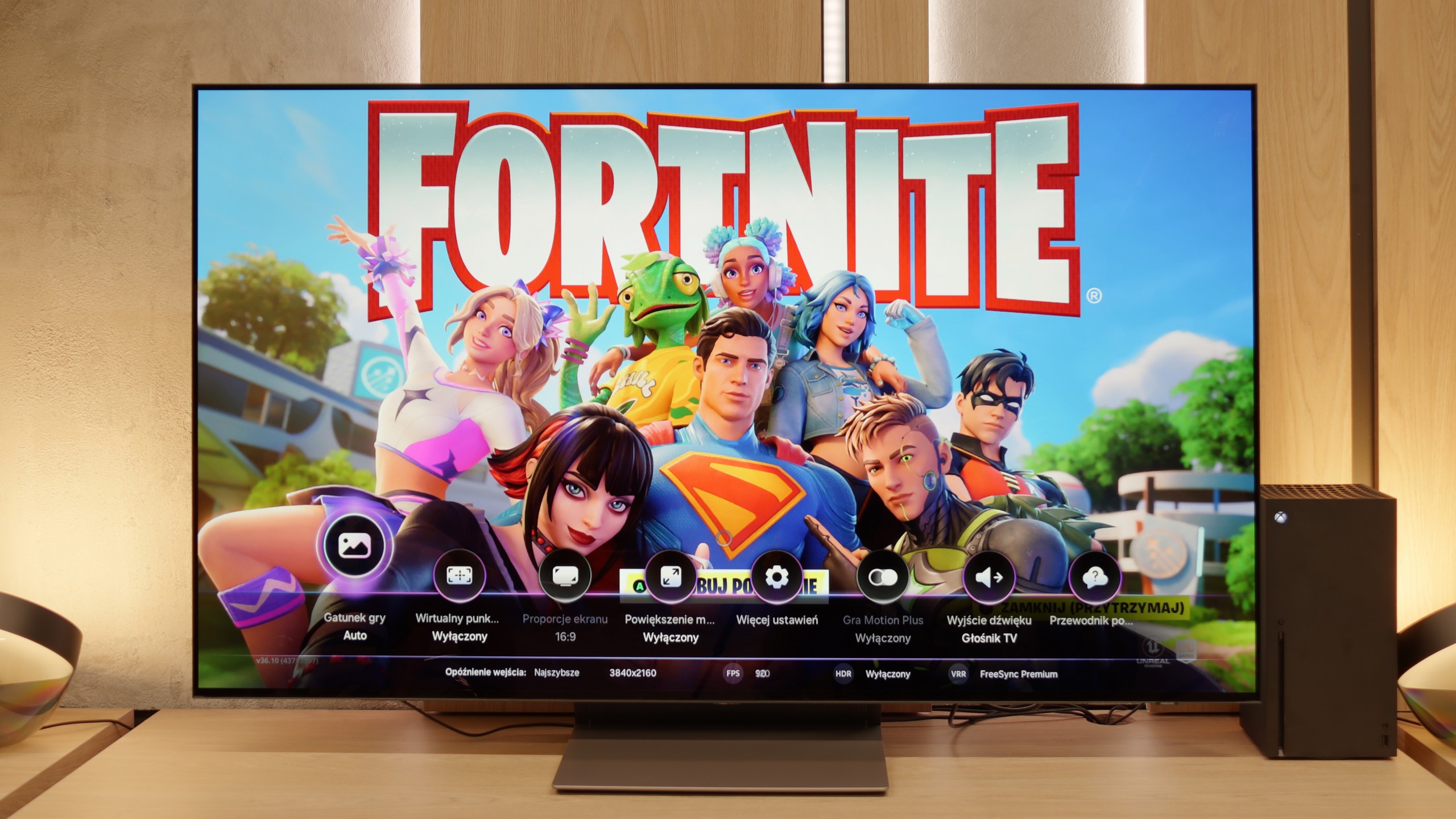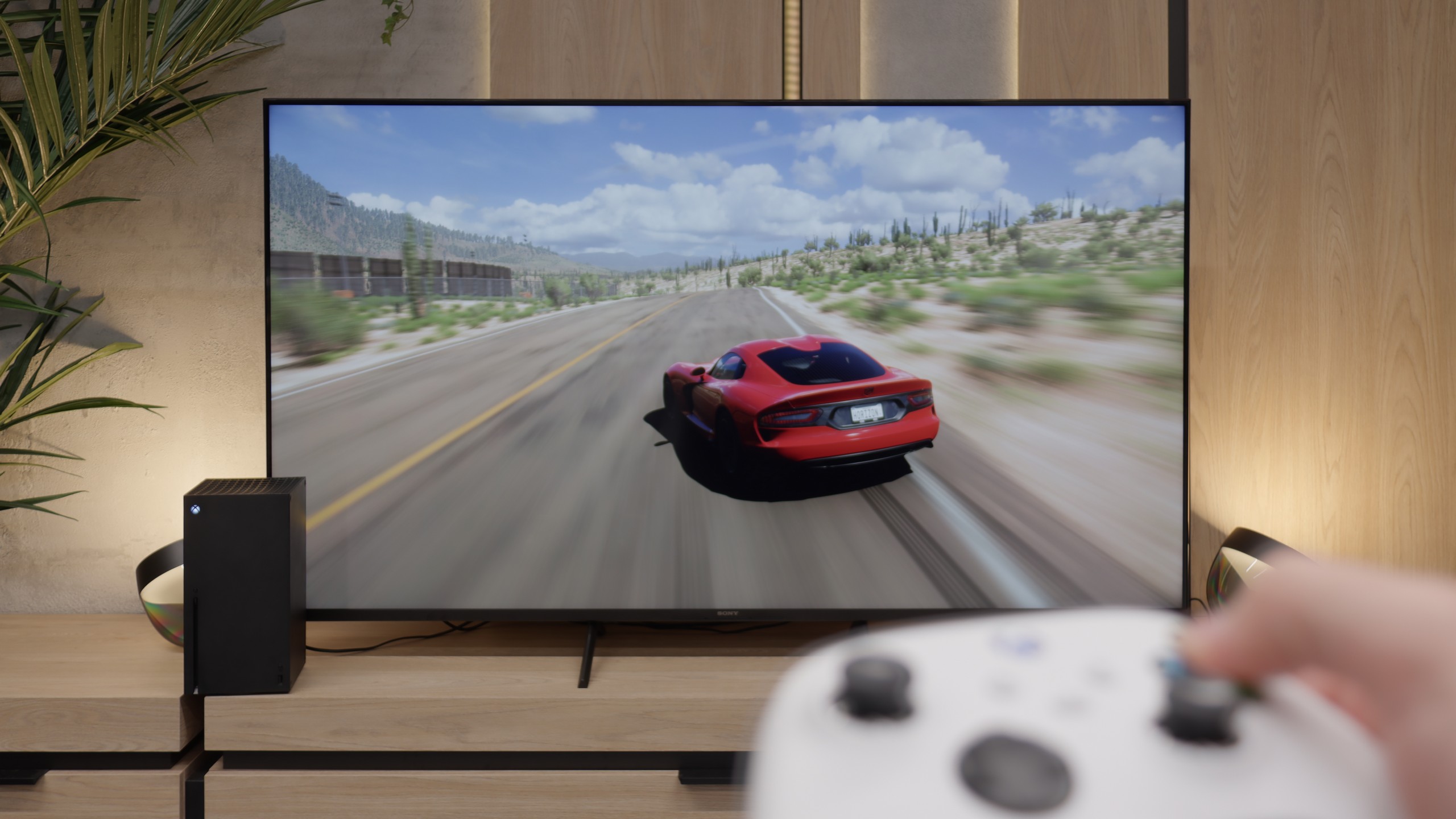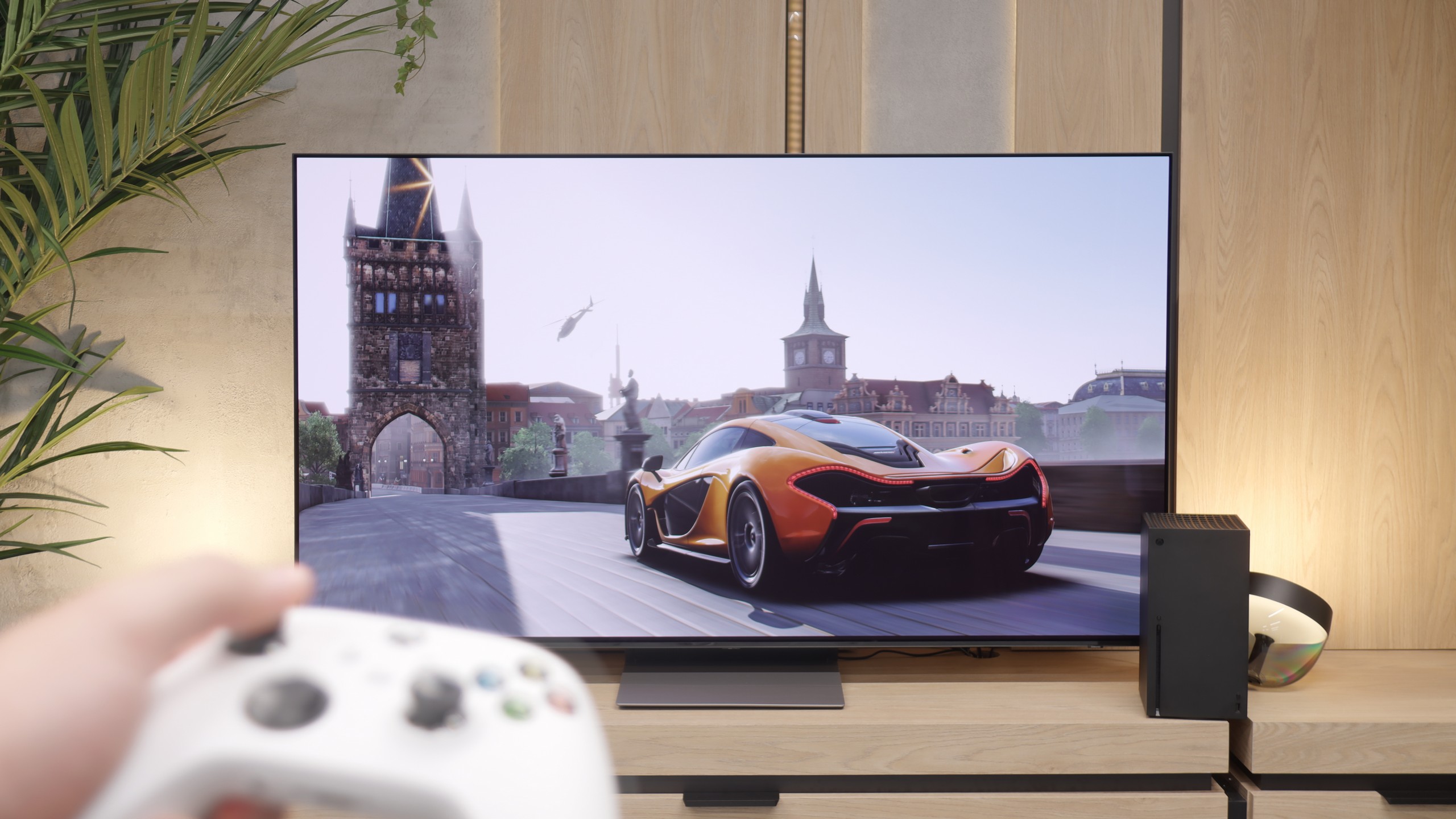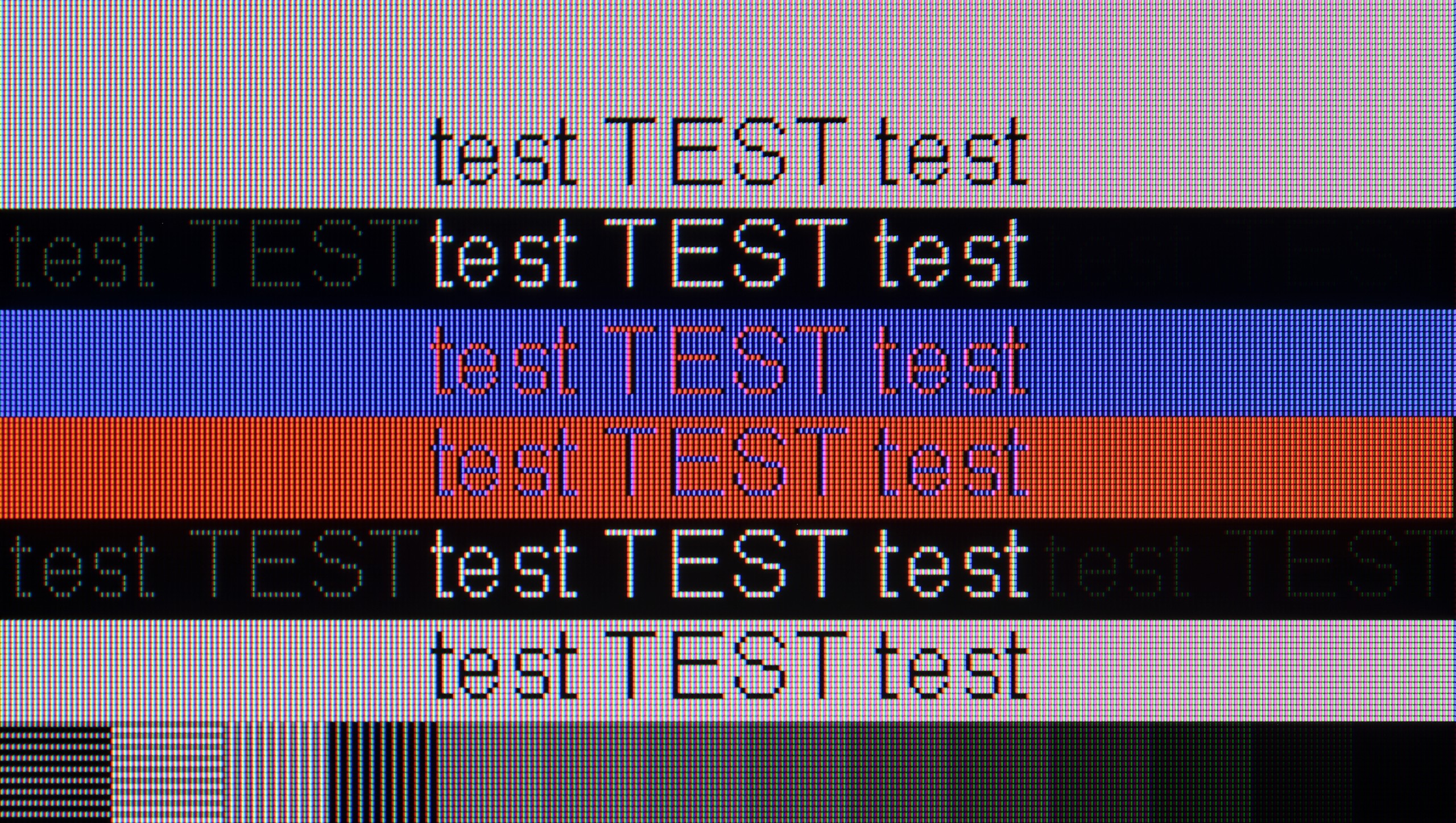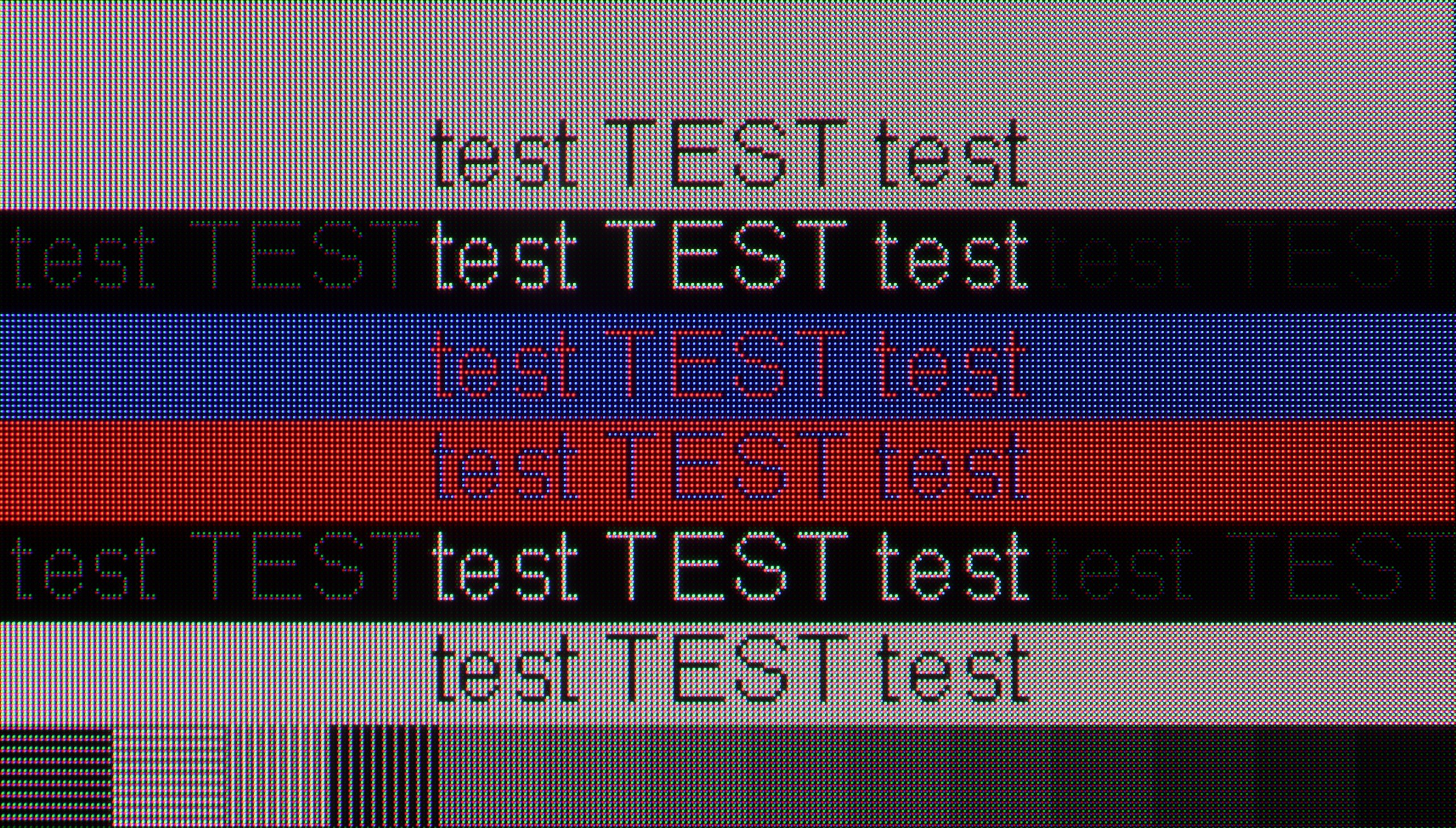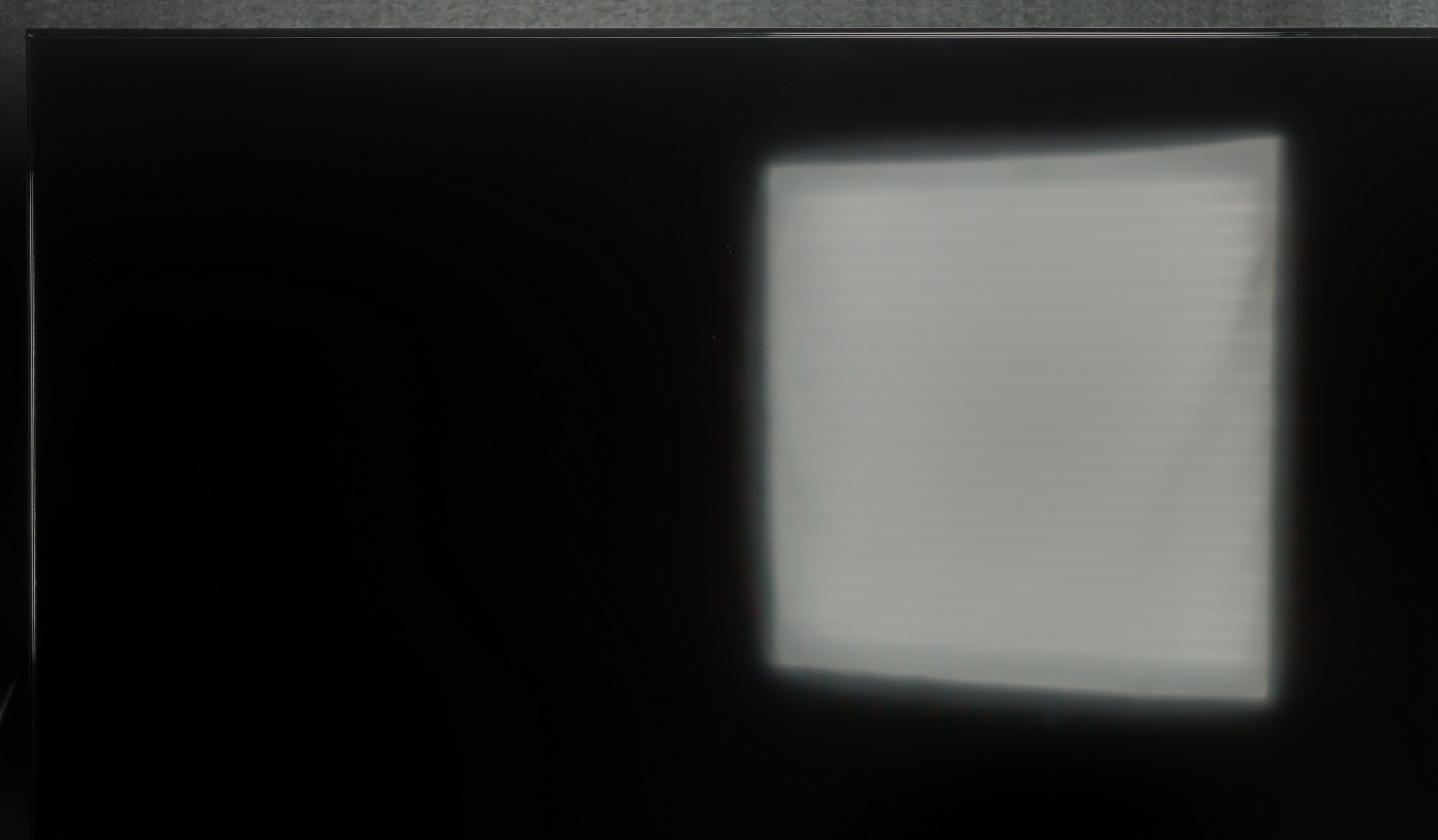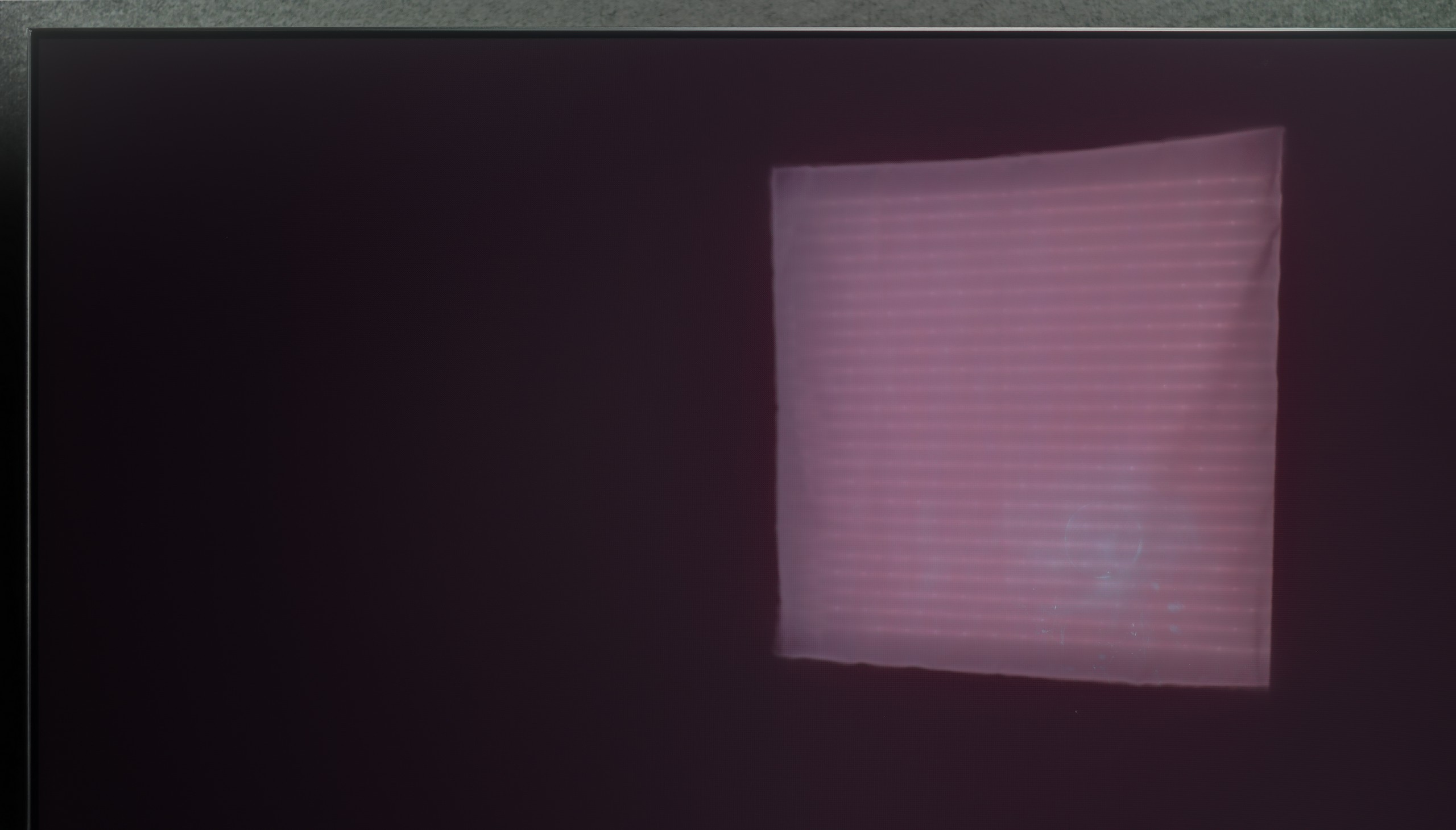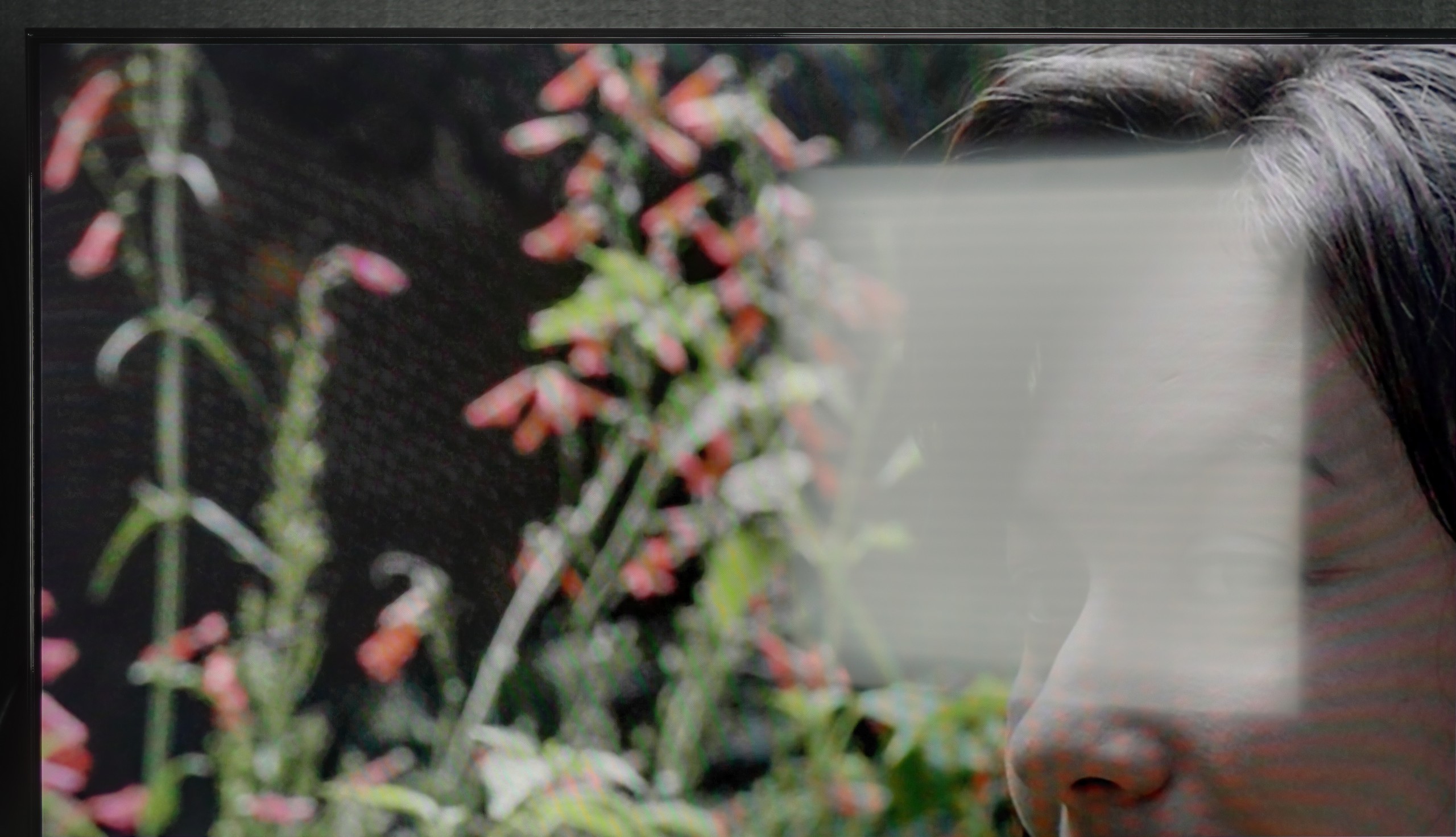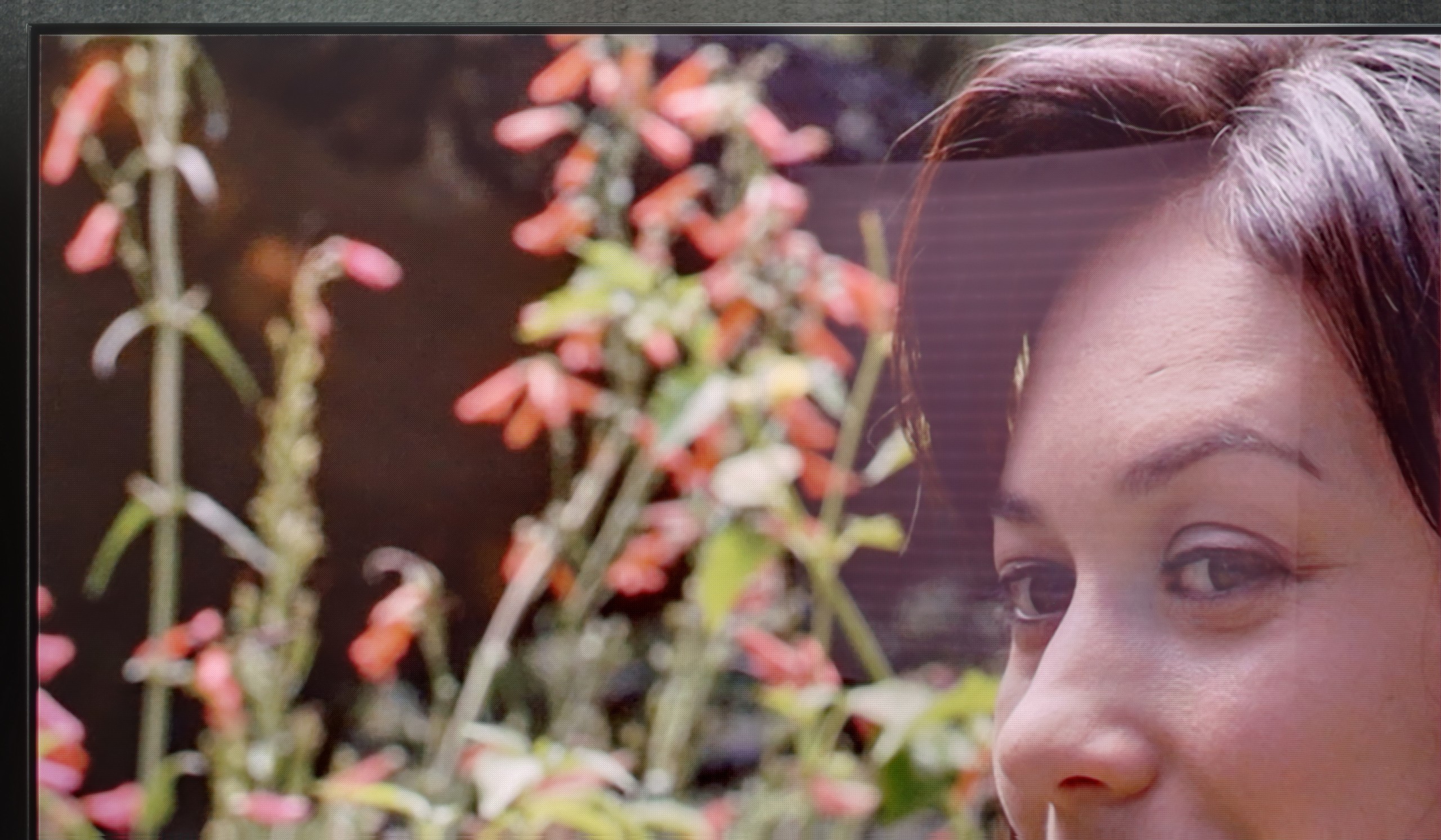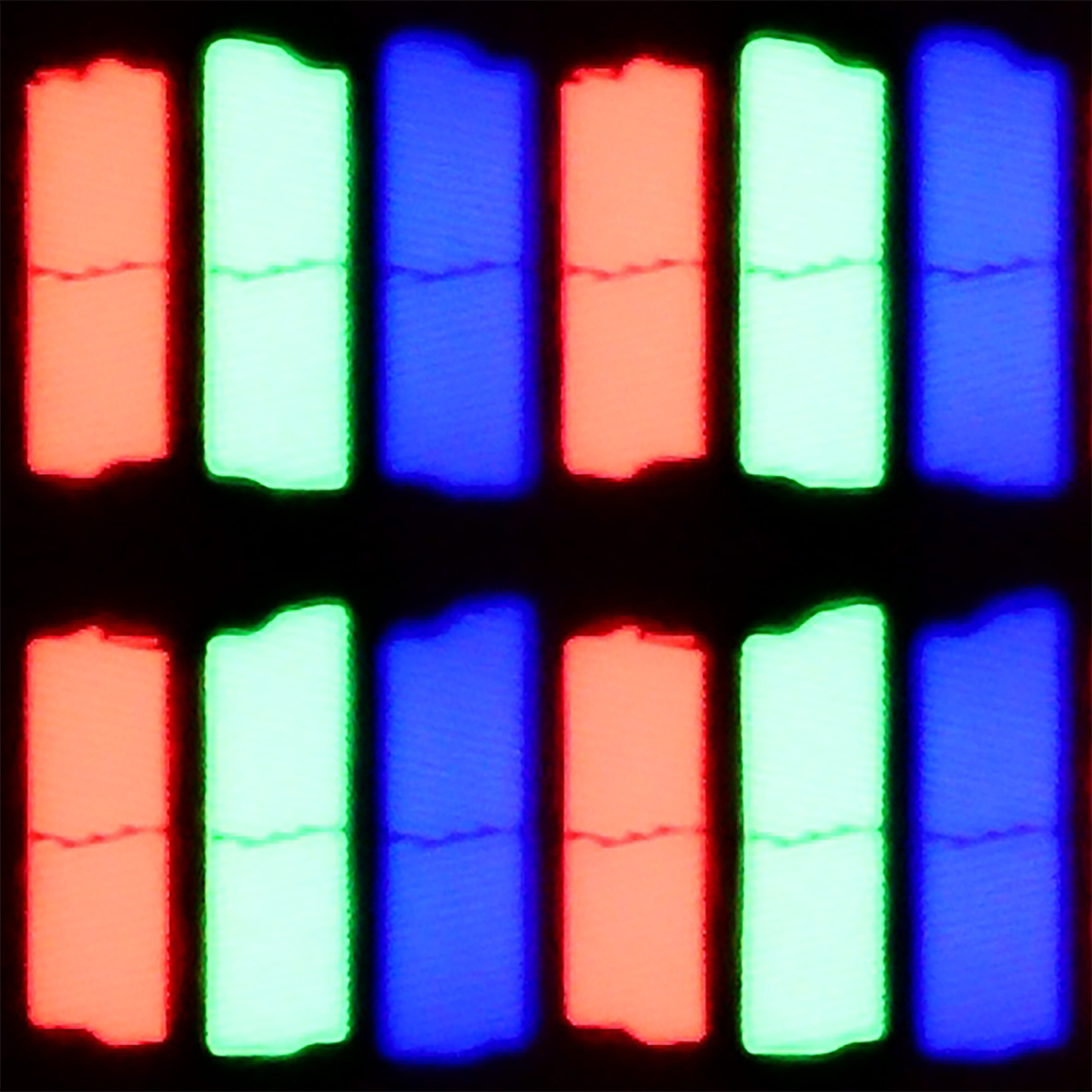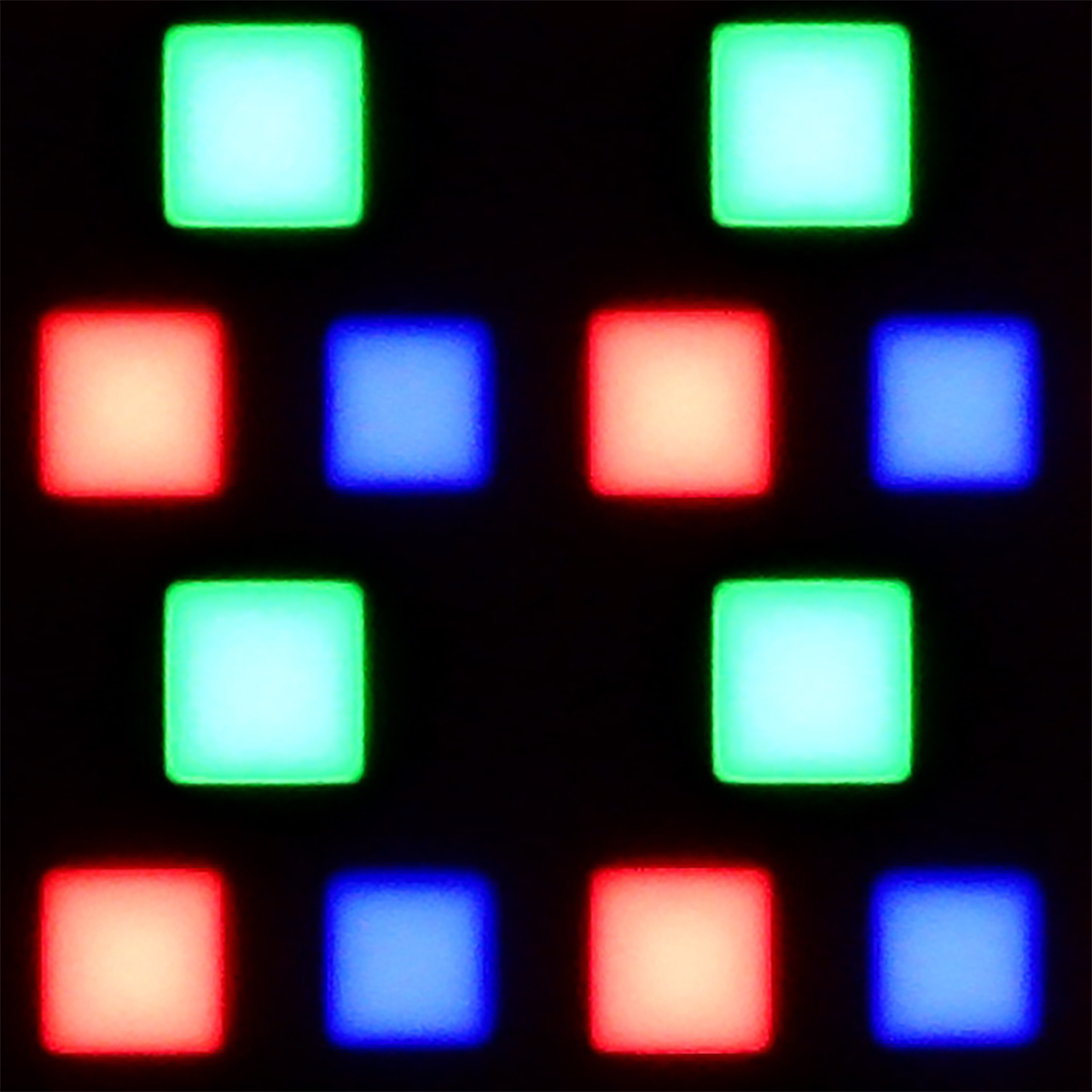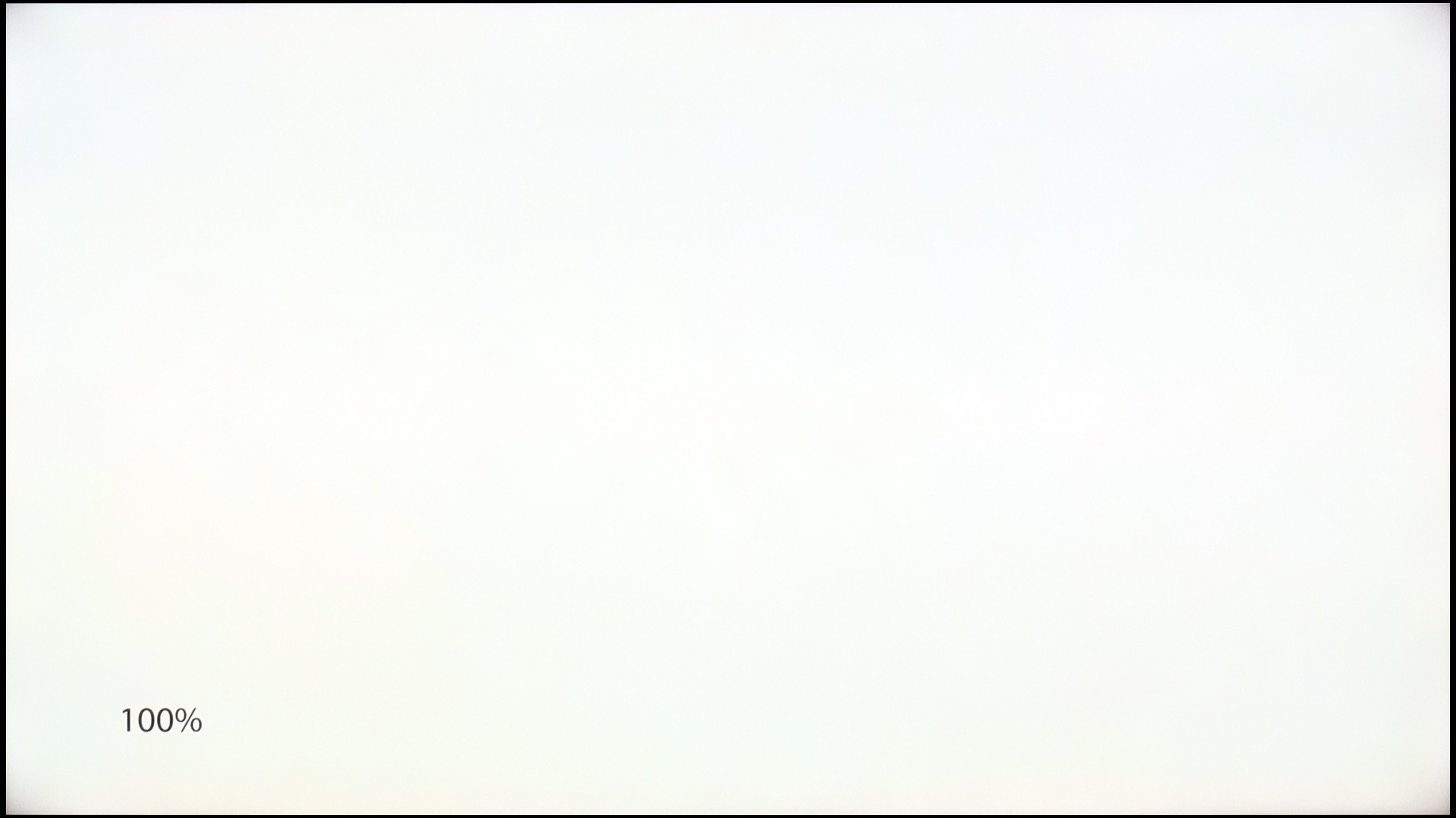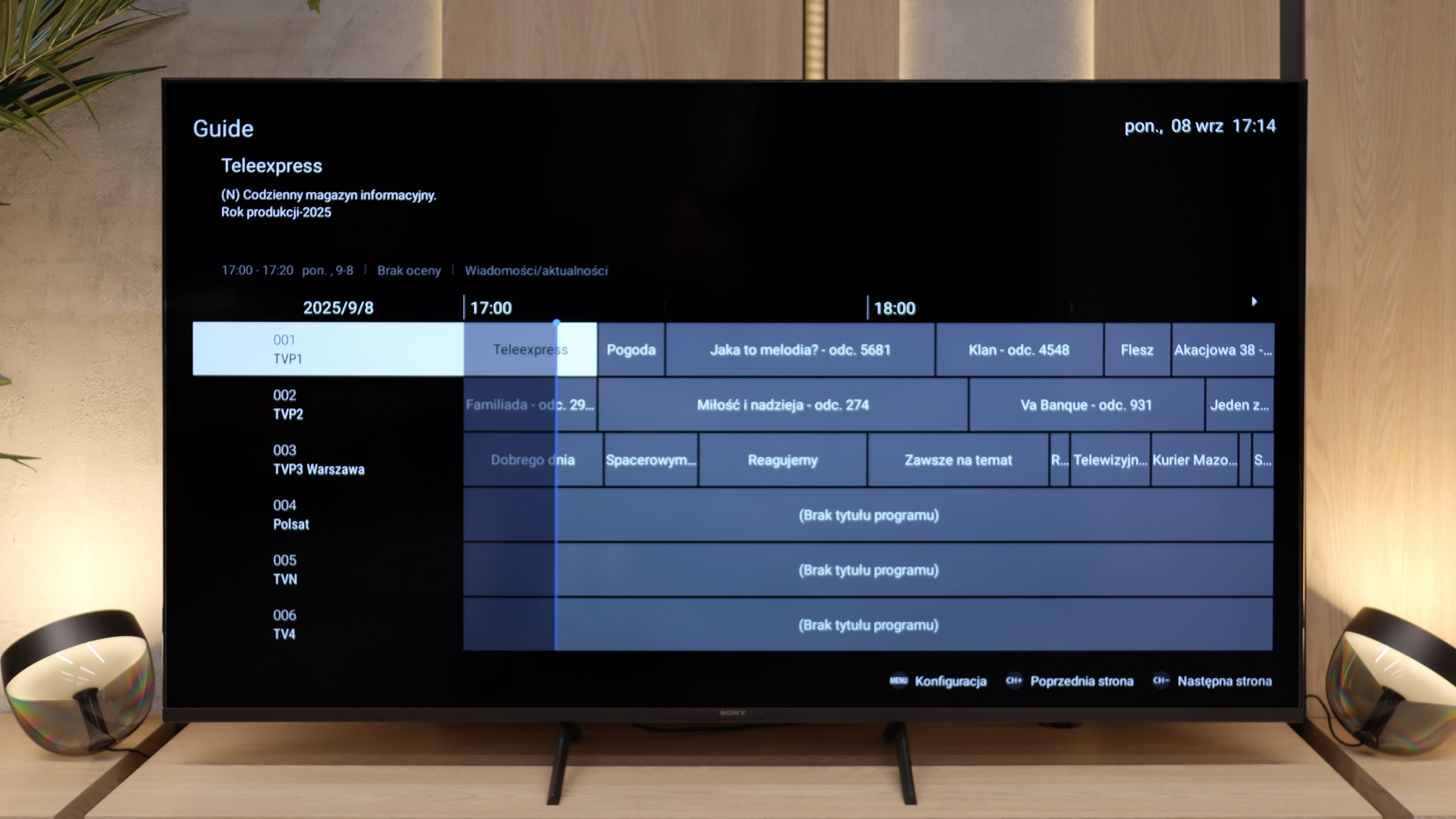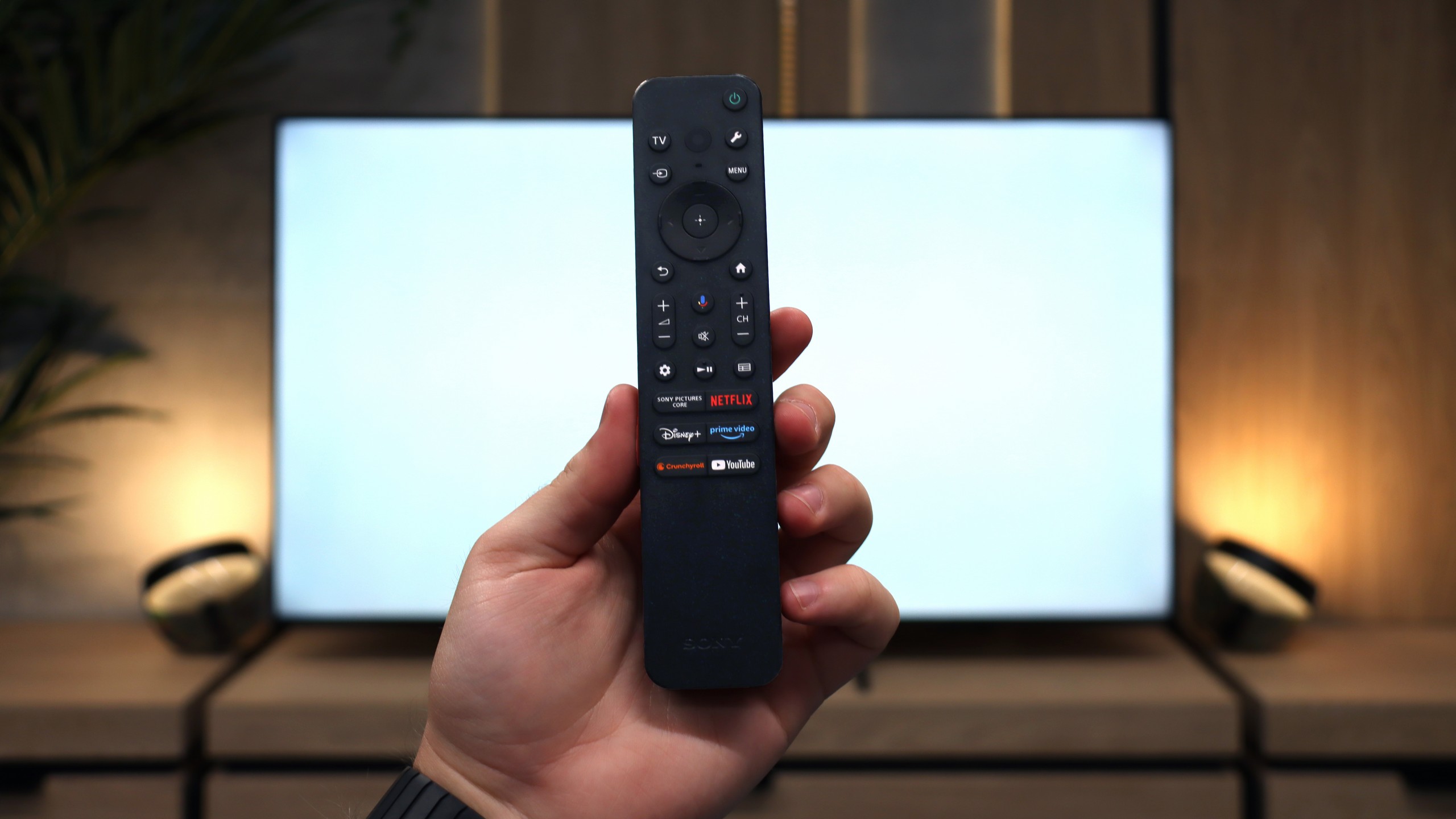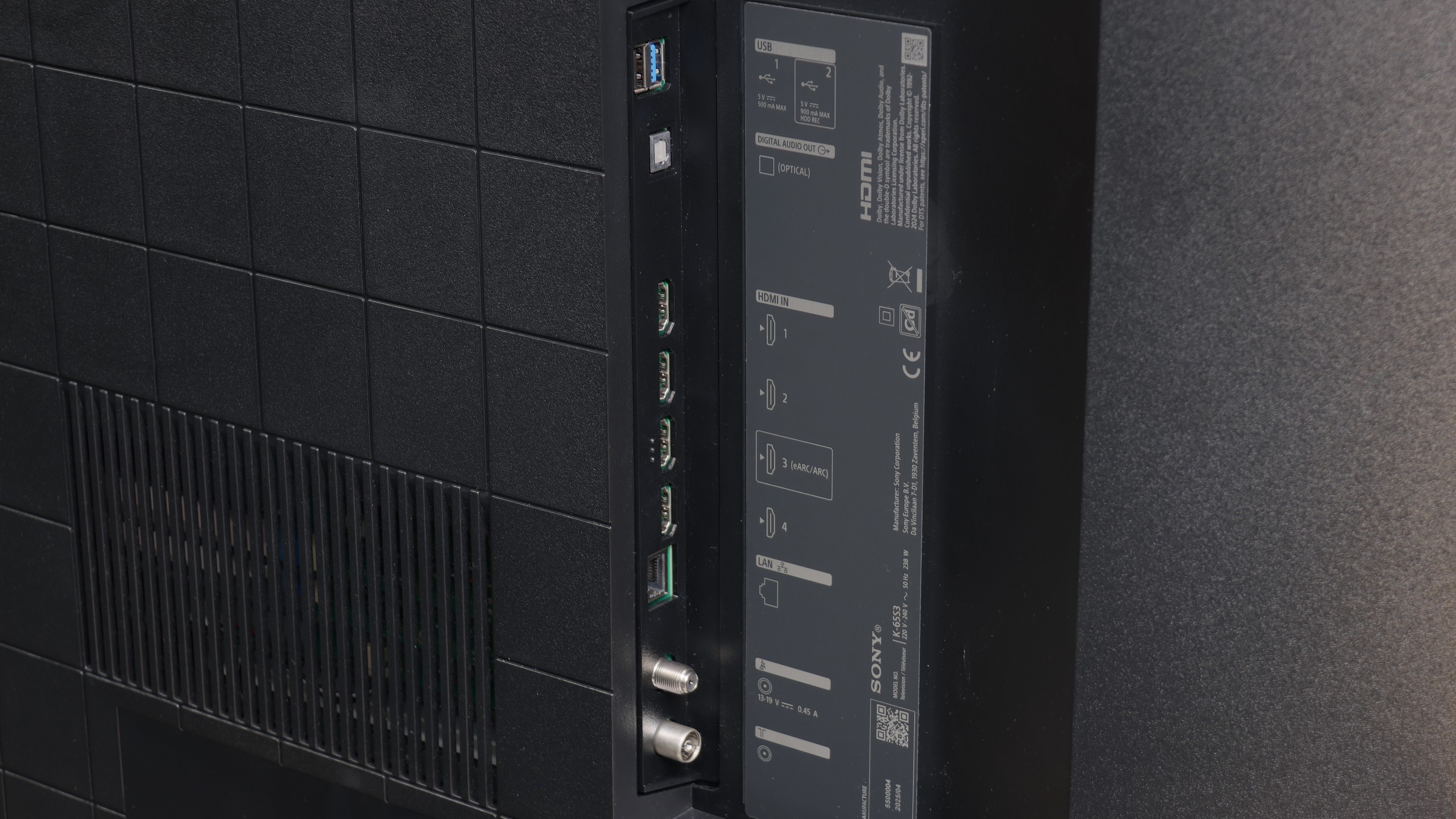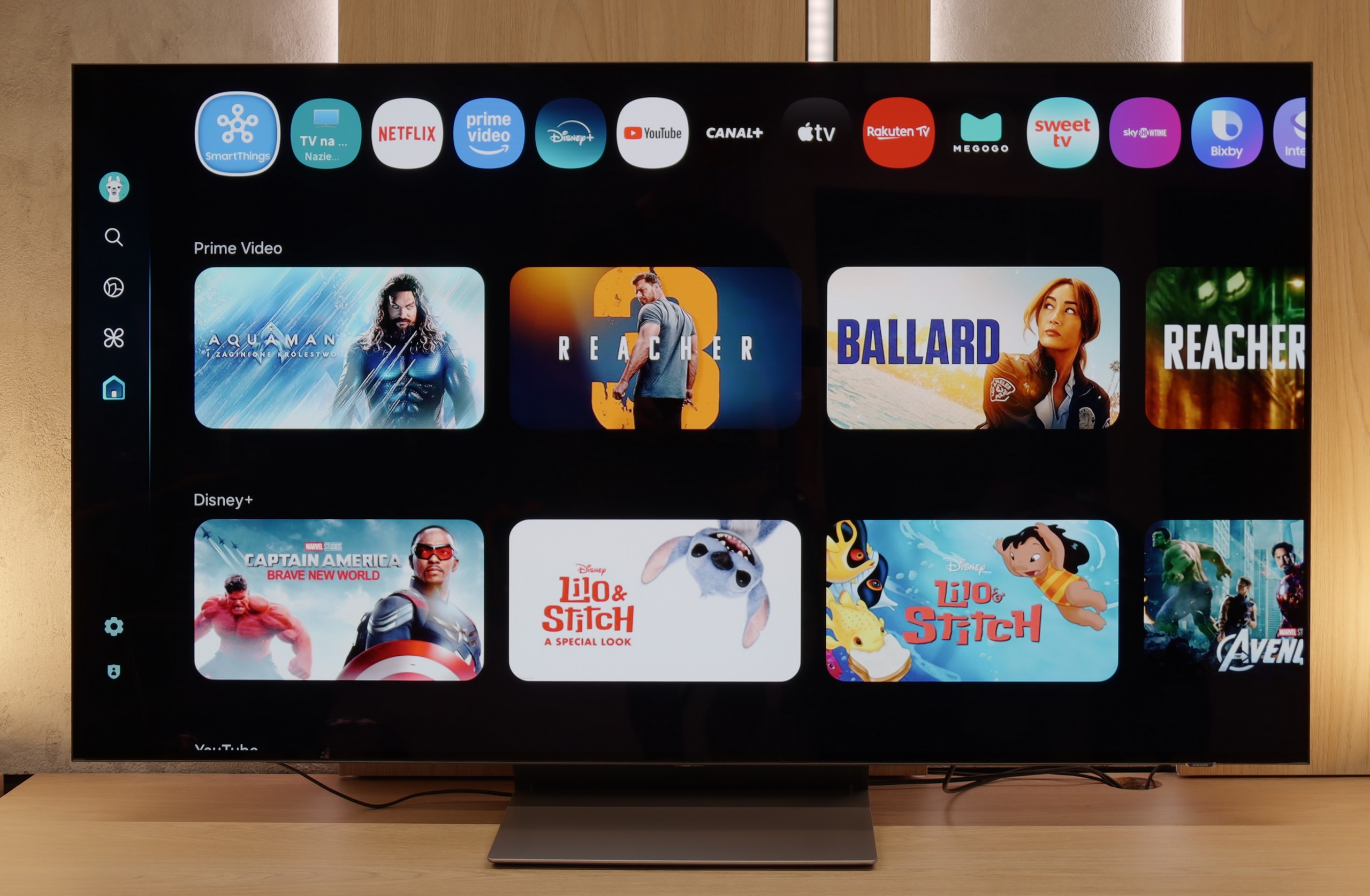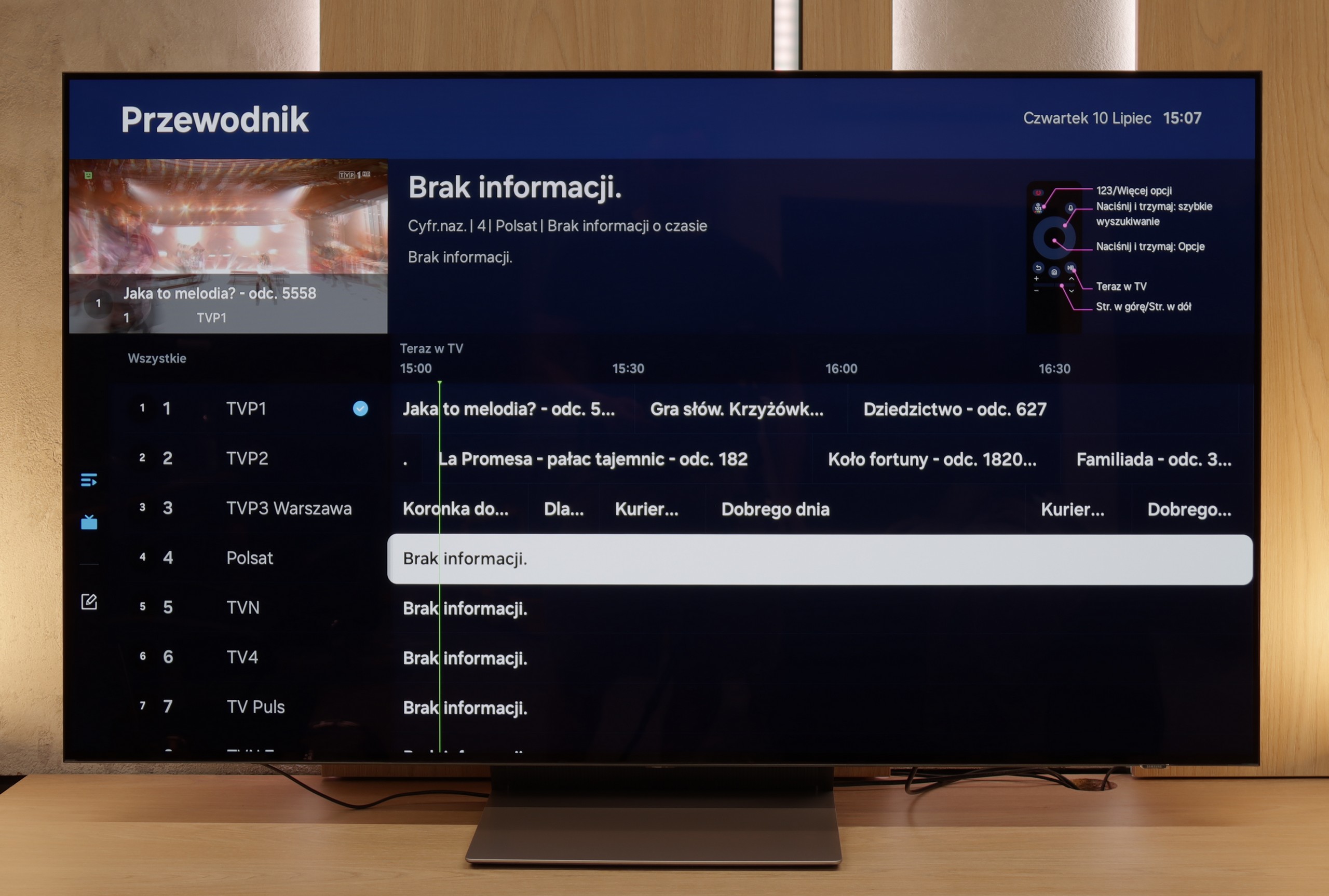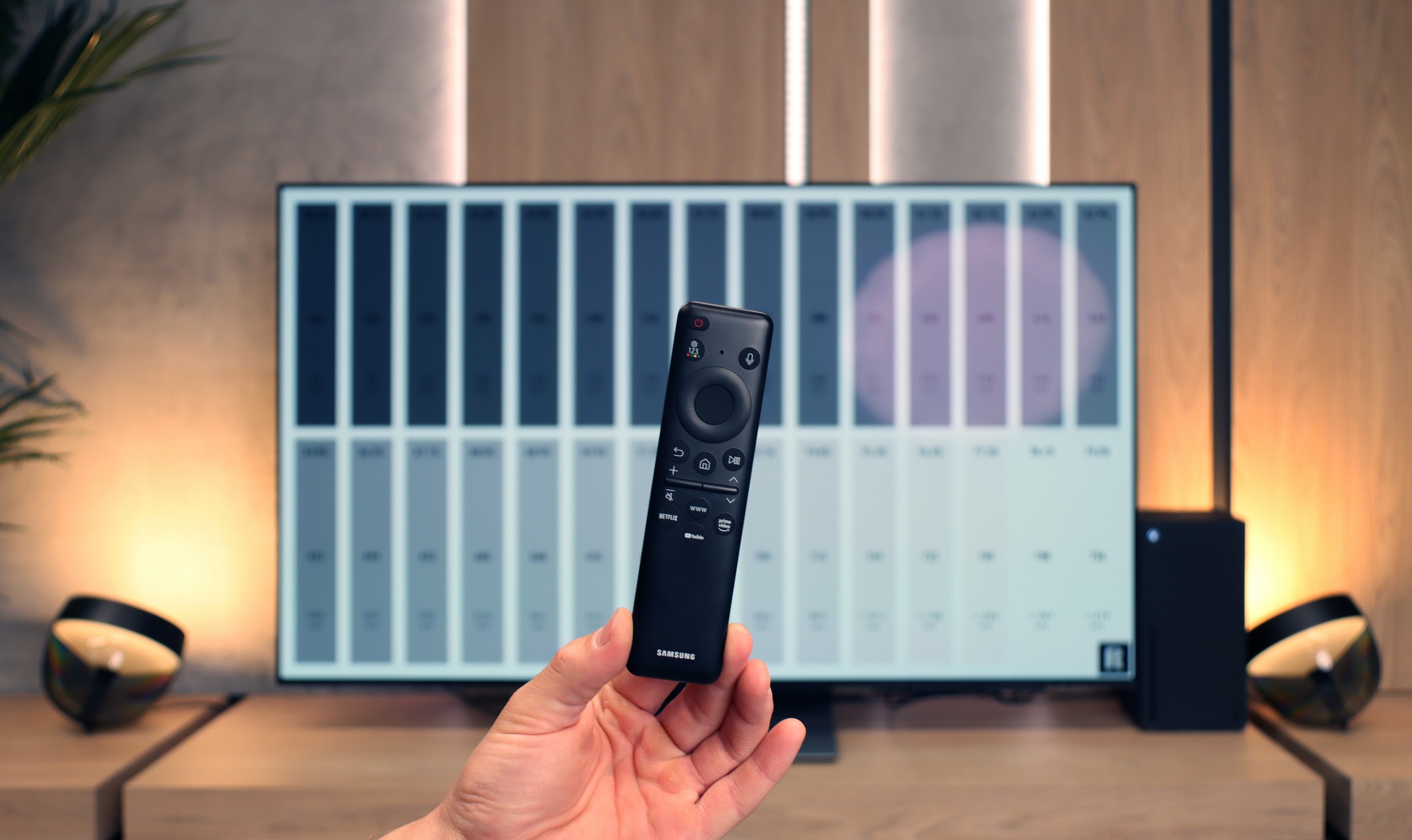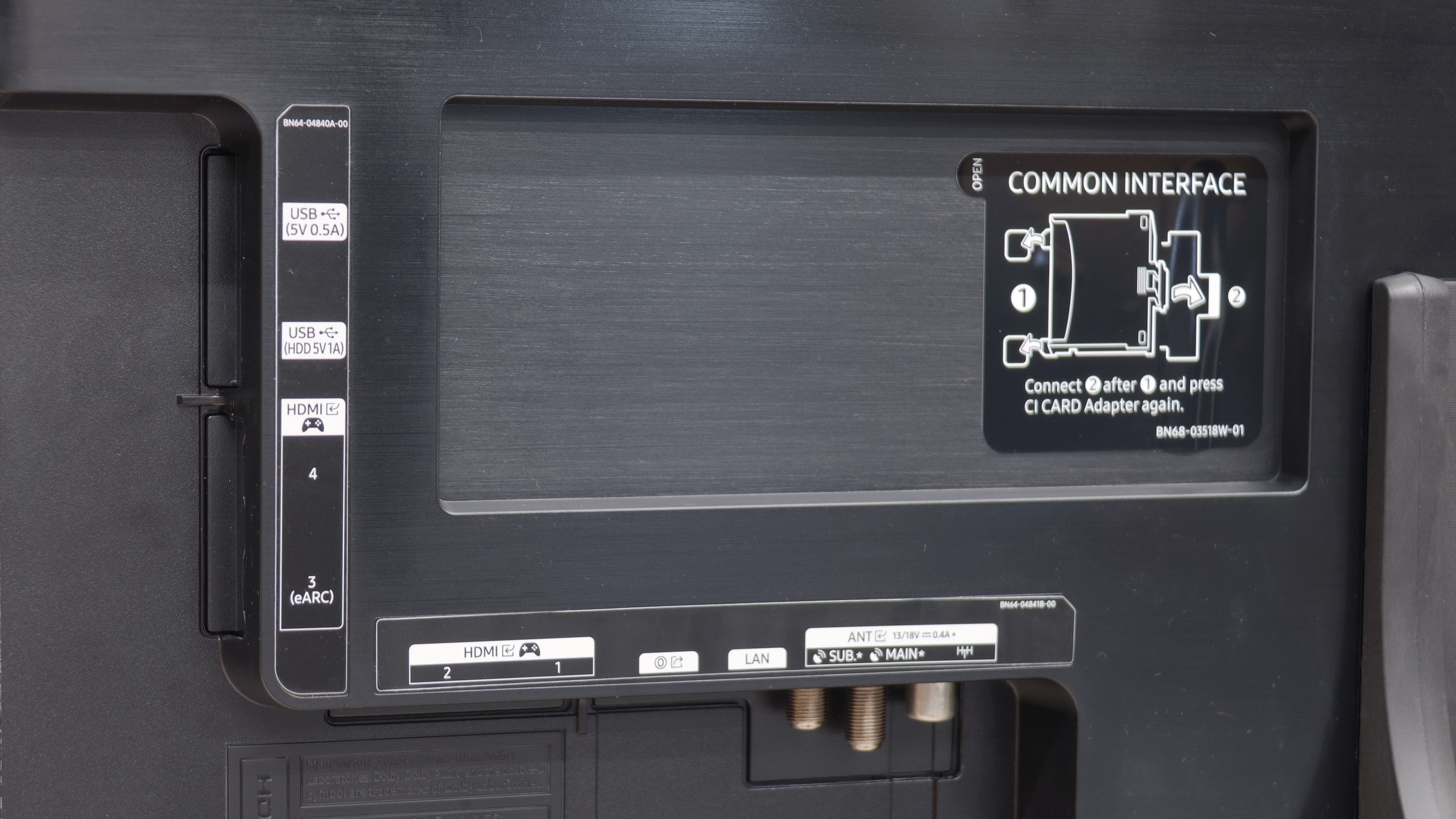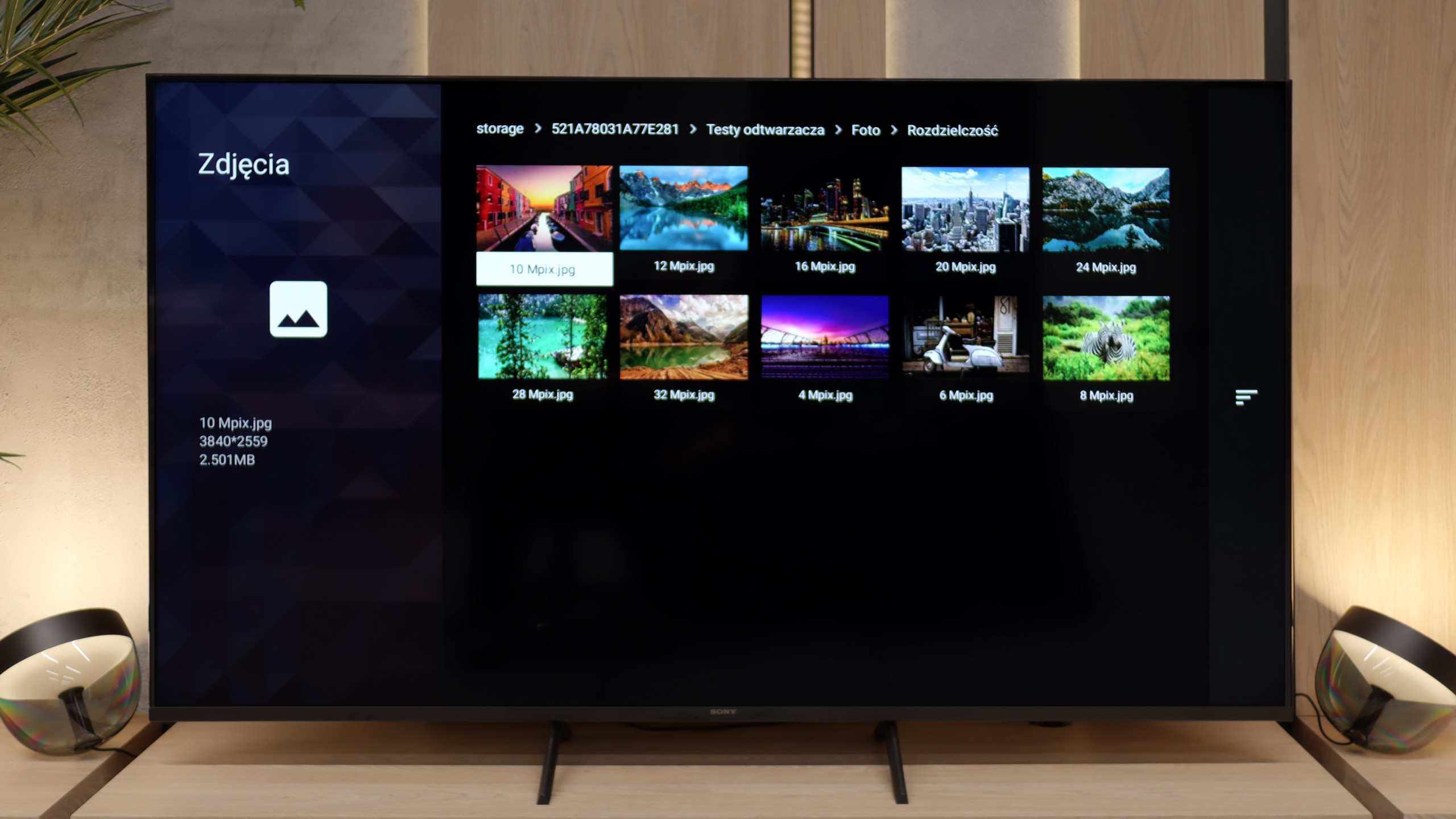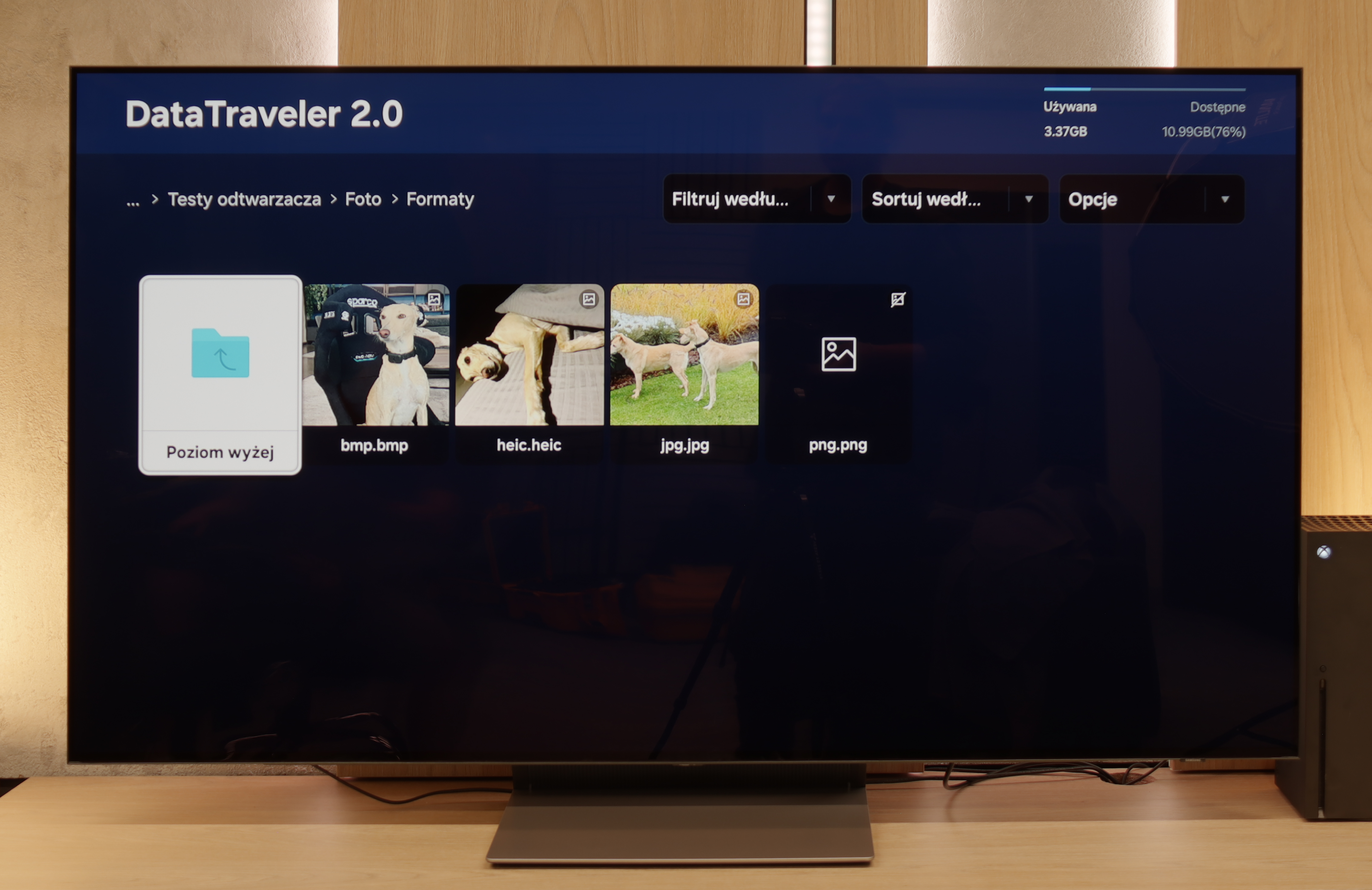Sony Bravia 3 is a television that brings several important improvements over its predecessor, while remaining true to its core. The biggest change is the design – slim bezels and sturdy metal legs give it a modern appearance that fits much better in a living room than the X75WL. Improved colours thanks to the PFS filter and really good upscaling should also be noted. It is particularly in lower quality content, especially in classic SDR, that the Bravia 3 shows its best side – colours look pleasing, the image is clear, and thanks to the IPS panel, viewing angles are at a very good level. It is perfectly suited for the role of a “classic” television receiver, where the convenience of watching from different spots in the room and decent quality of everyday content matter. A huge advantage remains the Google TV system. During our tests, there were times when the interface did not always work as smoothly as we would have liked, and some features could freeze. However, despite these imperfections, the presence of Google TV is a significant plus – access to thousands of applications and a full streaming library compensates for minor shortcomings. Unfortunately, what was weak in the X75WL remains weak here as well. The IPS panel has very low contrast and does not offer local dimming, making watching films in a dark room quickly lose its appeal – black resembles grey and effectively detracts from the enjoyment of the viewing experience. Additionally, the option to record content to USB, which was available in its predecessor, has been dropped. It is hard not to notice this and not add it to the list of downsides.
So who is the Bravia 3 for? Primarily for those looking to enter the world of Sony televisions at a potentially low price and who also appreciate the Google TV system. However, it is not the most attractive option in its class – competitors in this budget can offer models with Mini-LED backlighting, whose images perform several times better in terms of contrast and HDR. Therefore, the Bravia 3 is worth keeping in mind, but mainly when a solid discount is available. At regular price, it will be very difficult to stand out against its more cost-effective rivals.
The Samsung S90F in the 65-inch version is a television that demonstrates the significant leap in quality that can be achieved with the use of a QD-OLED panel in a mid-range model. Compared to other variants, the S90F stands out as the best – it offers not only perfect blacks and infinite contrast like other options with a WOLED panel, but also noticeably higher brightness and a wider colour palette. This results in more impressive HDR, deeper colours, and smoother tonal transitions, which are impressive in both cinematic productions and in gaming or sports. In everyday use, it is an incredibly versatile television: it easily fits in as an entertainment hub in the living room, a large monitor for PC gaming, or simply a screen for evening film sessions. The Tizen system operates swiftly here, offering a wide selection of applications and integration with SmartThings, delighting those who like to have their smart home under control. Gamers receive a full suite of modern features: four full HDMI 2.1 ports, VRR, ALLM, a Game Bar with additional enhancements, and, most importantly, a remarkably low input lag. Additionally, there is the characteristic pixel response speed of OLEDs, which makes sports and games look simply outstanding. The S90F also defends itself in terms of design: slim bezels, an aesthetic finish, and a panel that resembles a sheet of glass all contribute to its appeal. The only significant limitation to keep in mind is the behaviour of blacks on QD-OLED panels in very challenging, heavily sunlit conditions. In such situations, it can slightly "light up," resembling a dark cherry colour rather than ideal black. However, in the evening, when most of us sit down for films or series – the problem disappears entirely. And then the S90F showcases its full capabilities, providing an image that can confidently be compared to televisions twice its price. This is precisely why the Samsung S90F in the 65-inch version can be called the most cost-effective OLED of 2025. It is a model that combines outstanding picture quality, versatility, and an affordable price in the mid-premium segment. If you are looking for a television that performs well in films, gaming, sports, and everyday viewing, yet you do not want to spend a fortune on absolute flagships – it is hard to find a better choice today.
